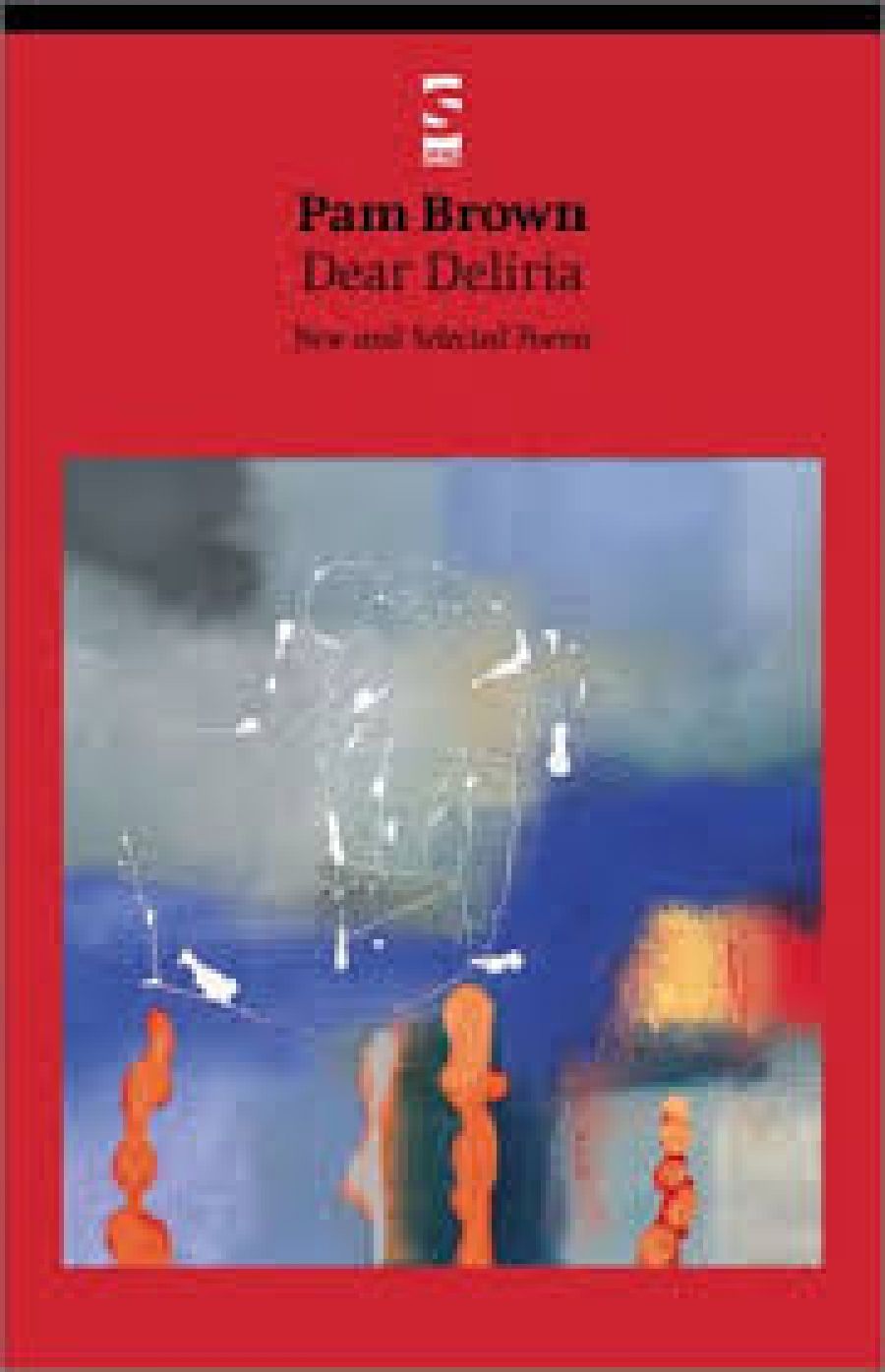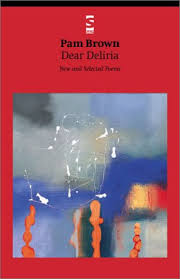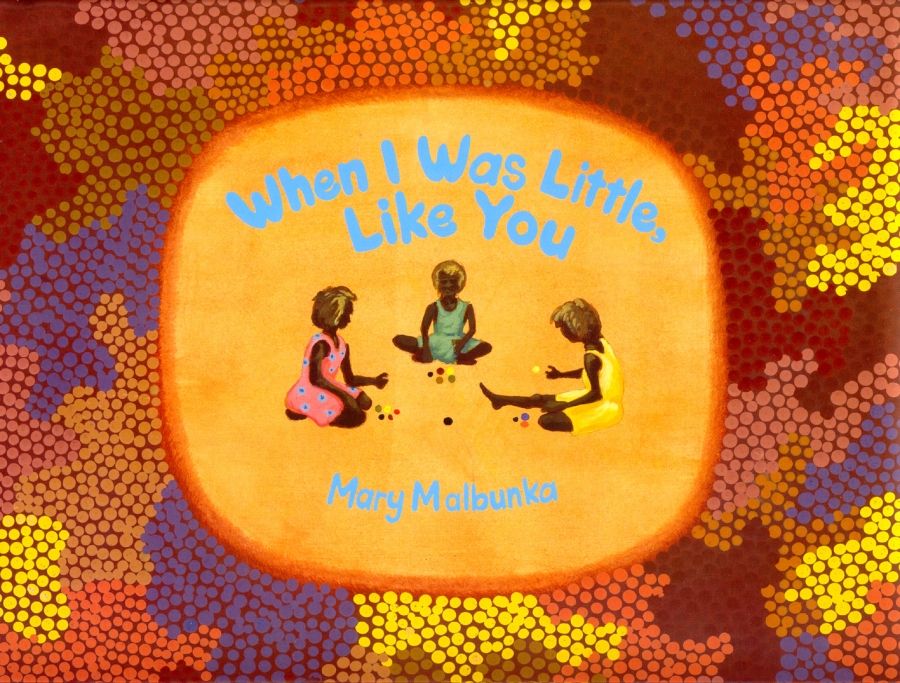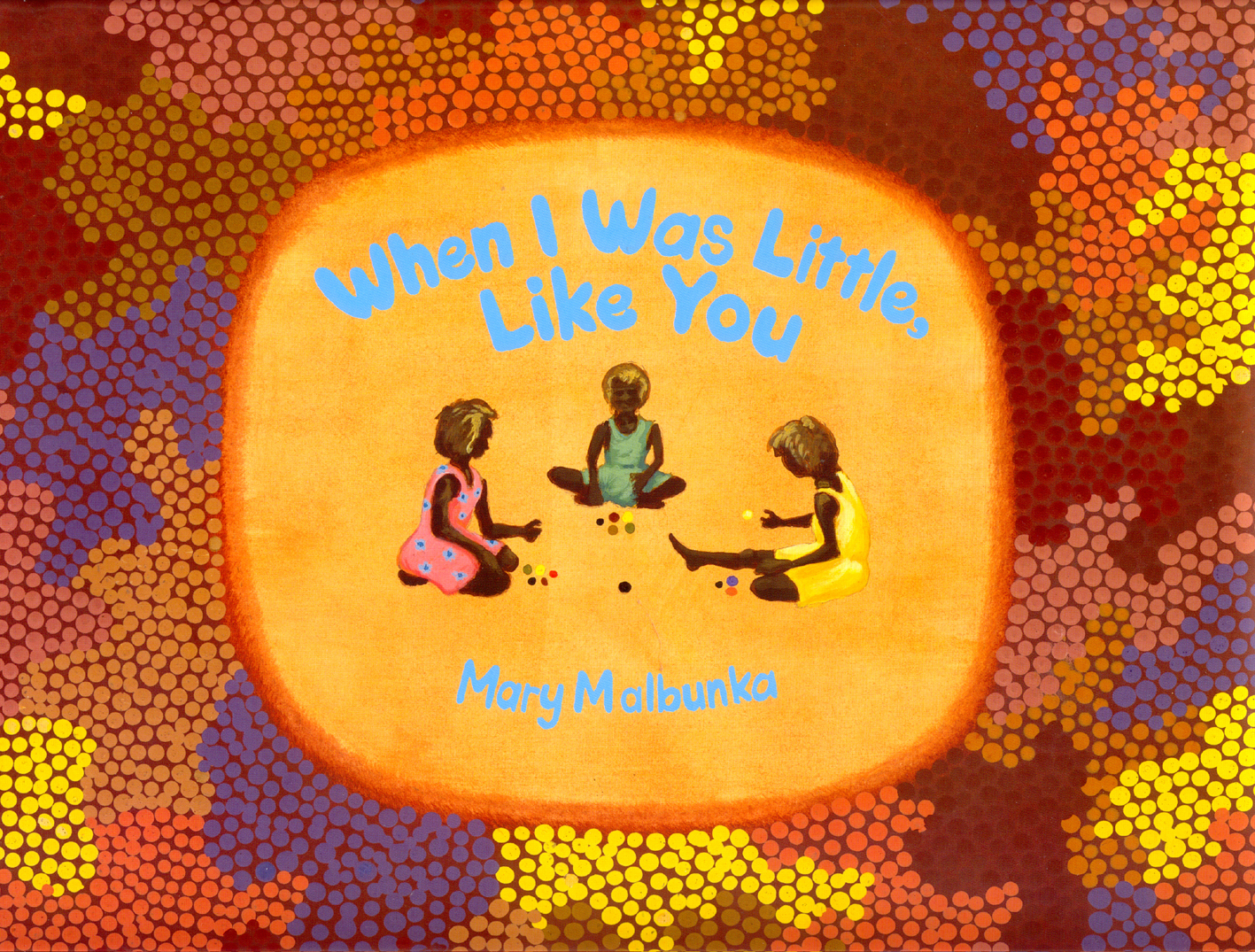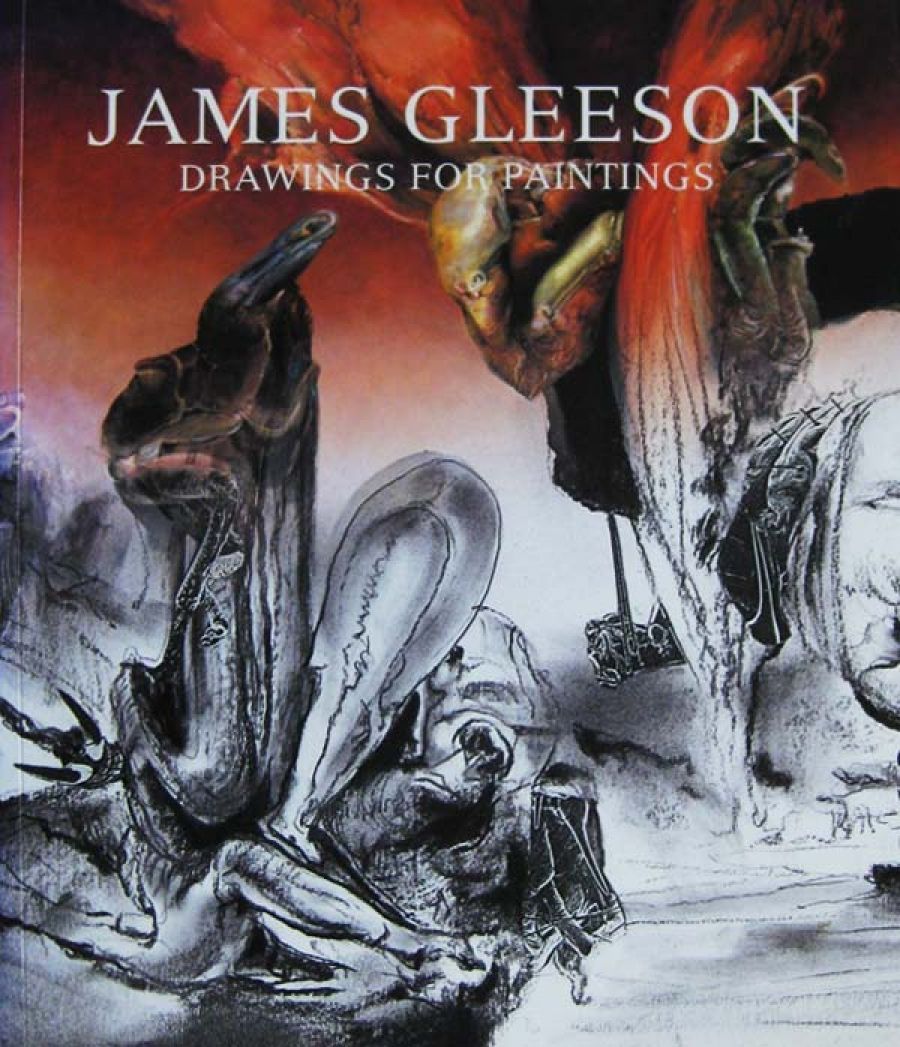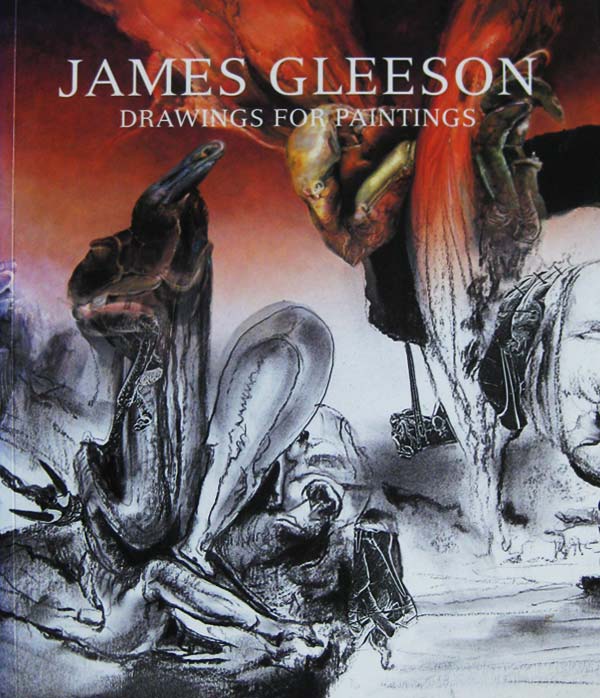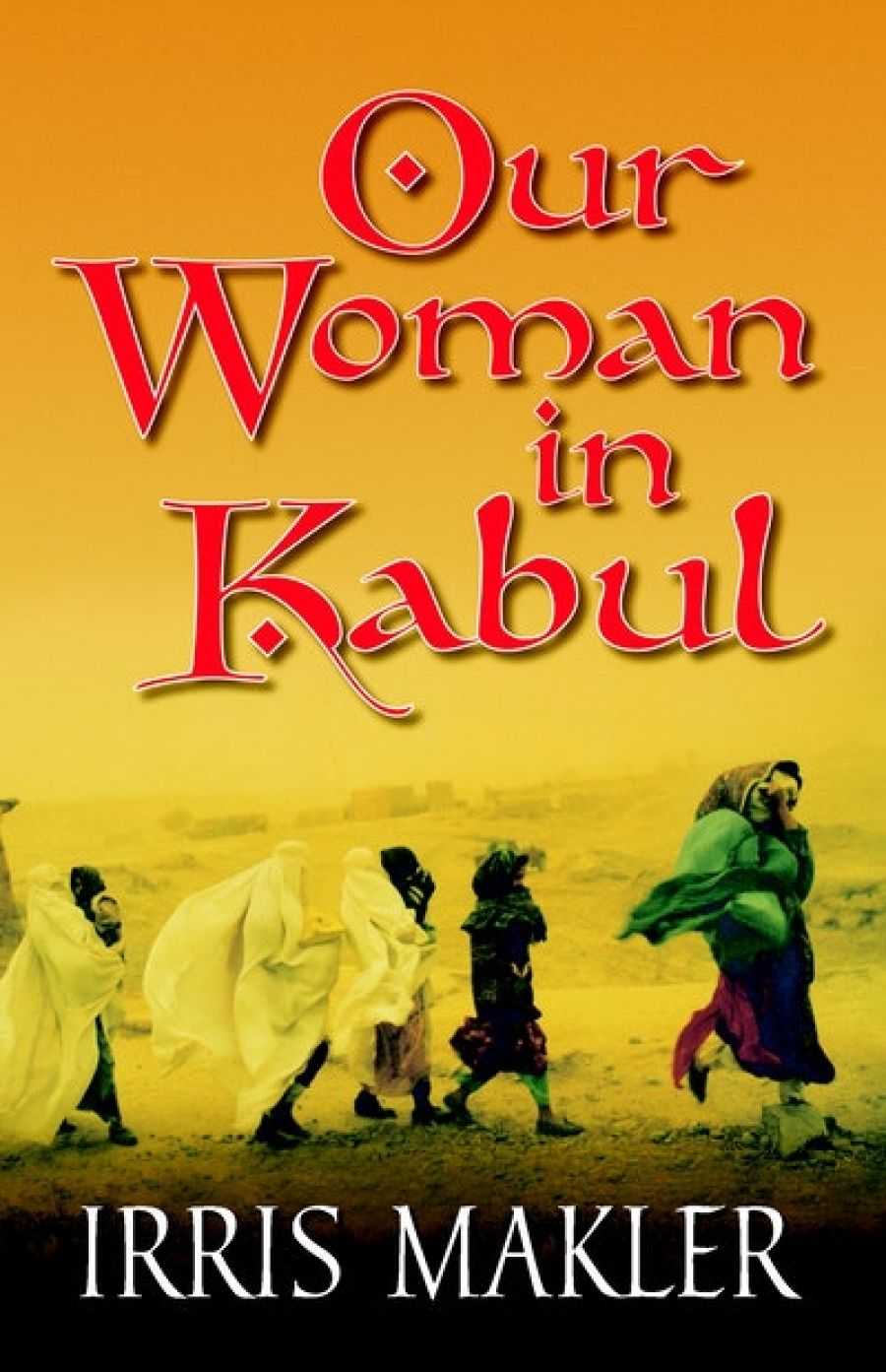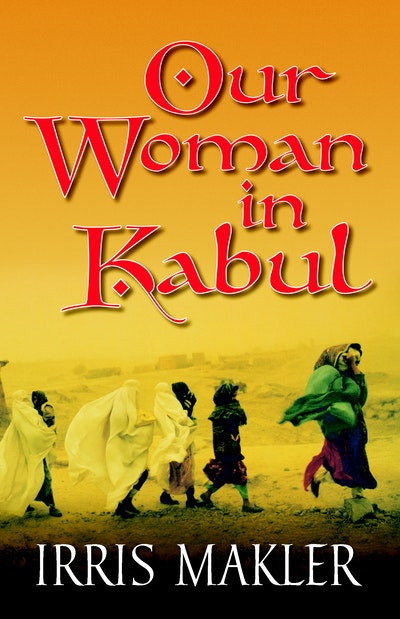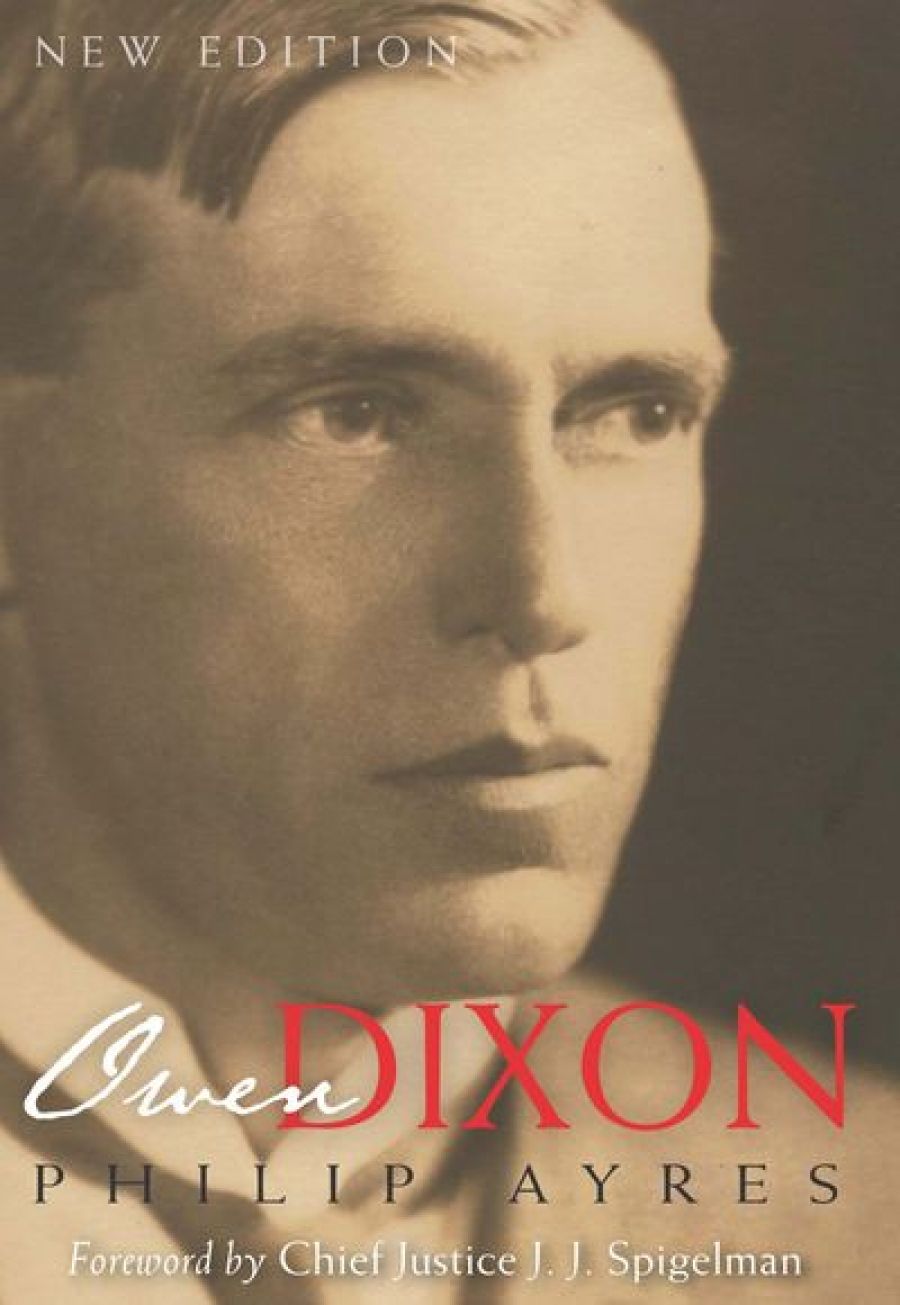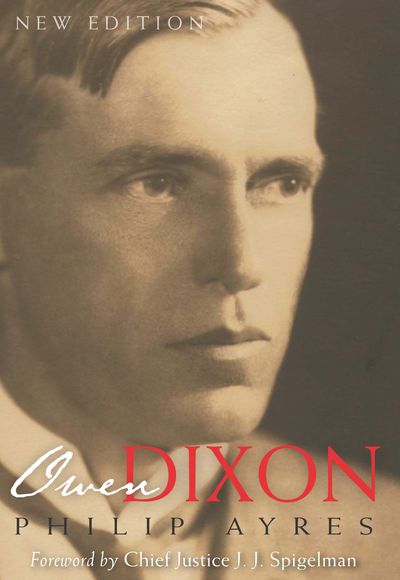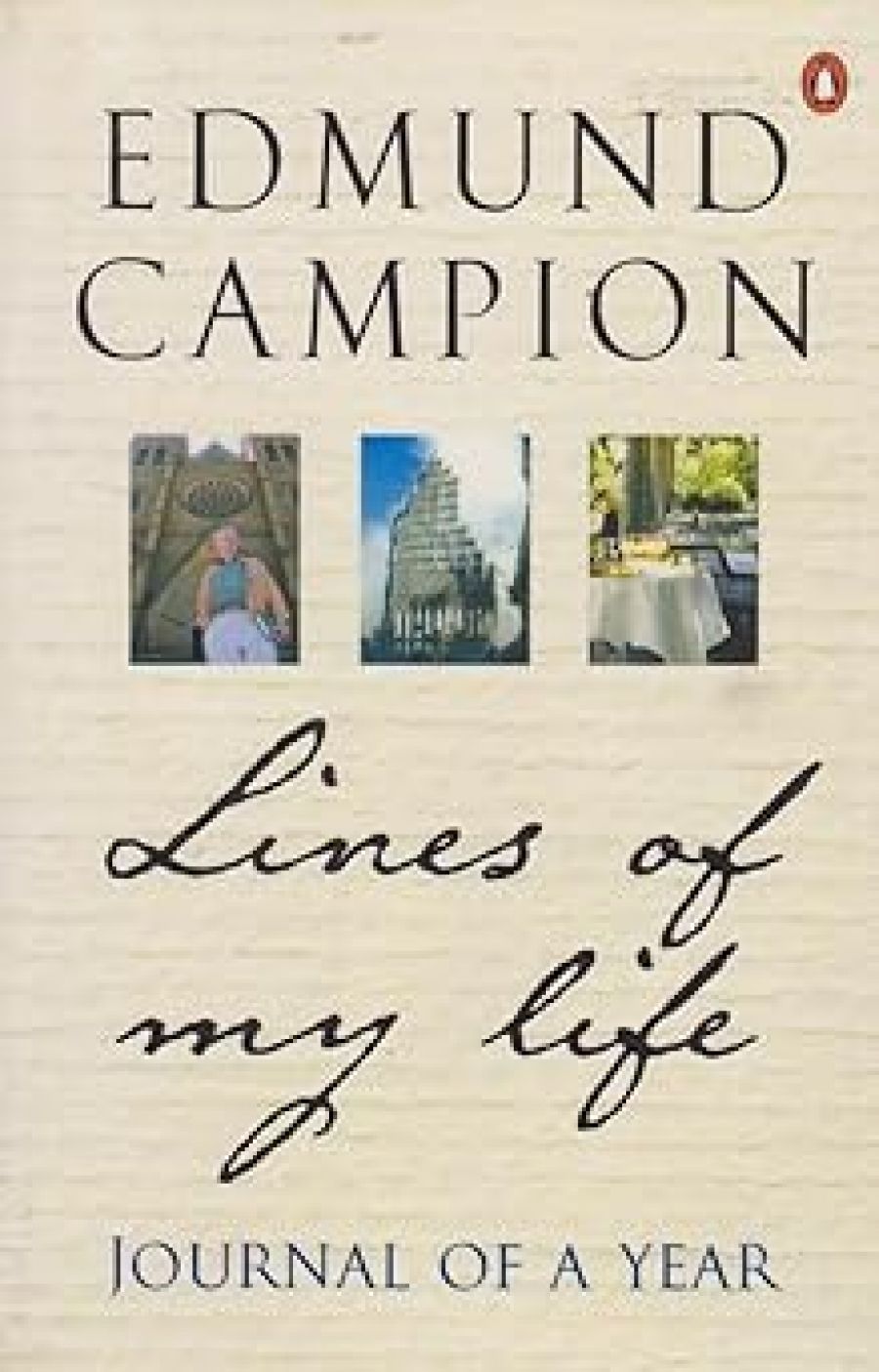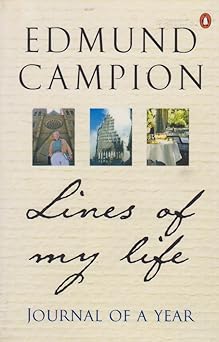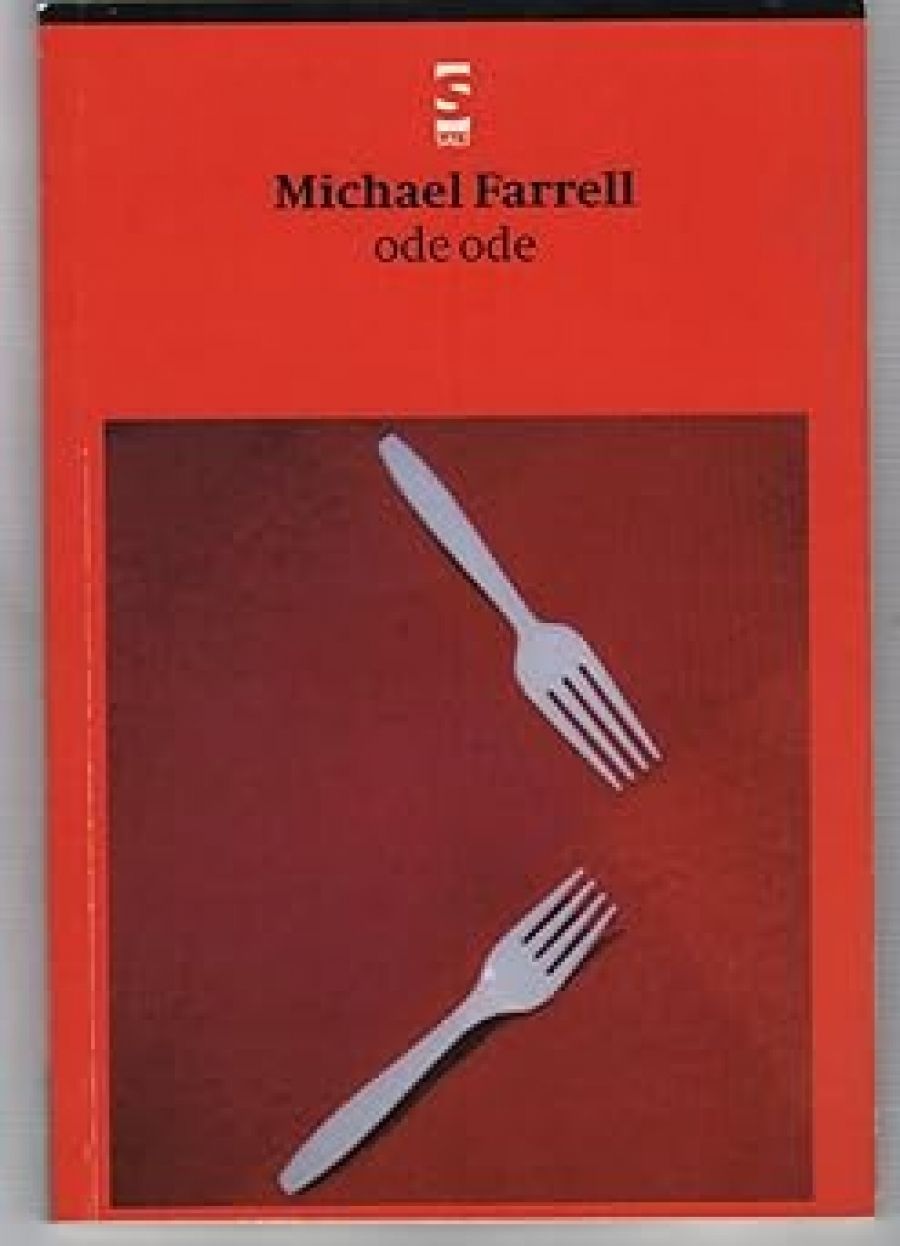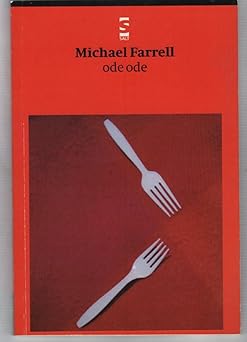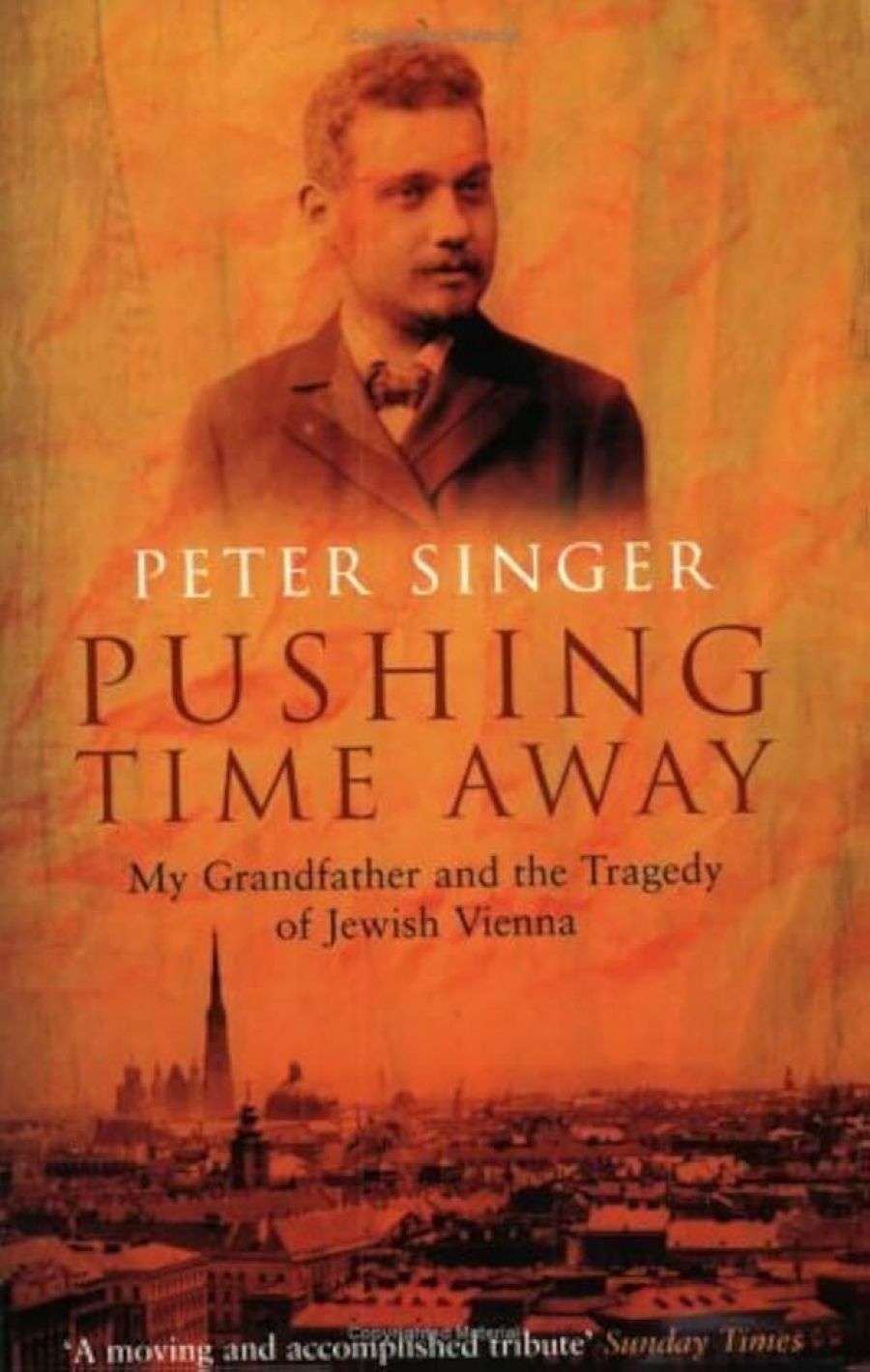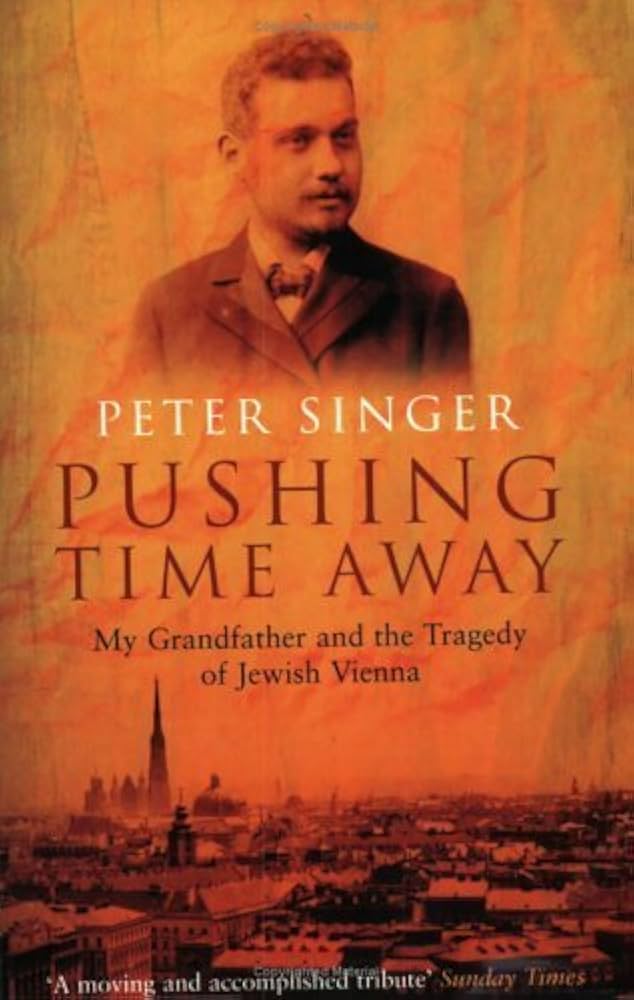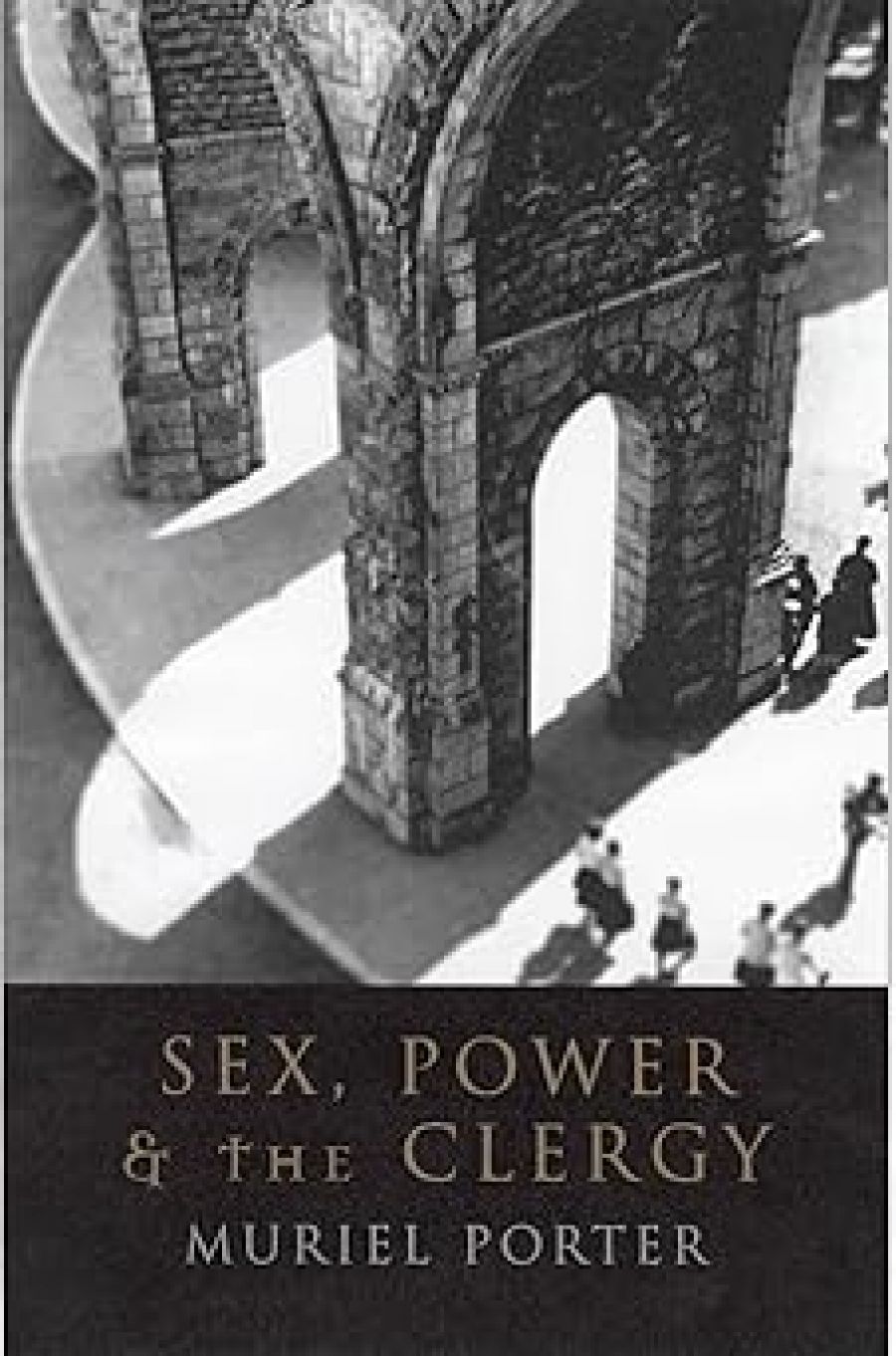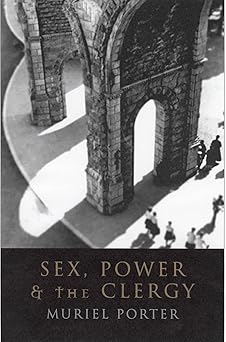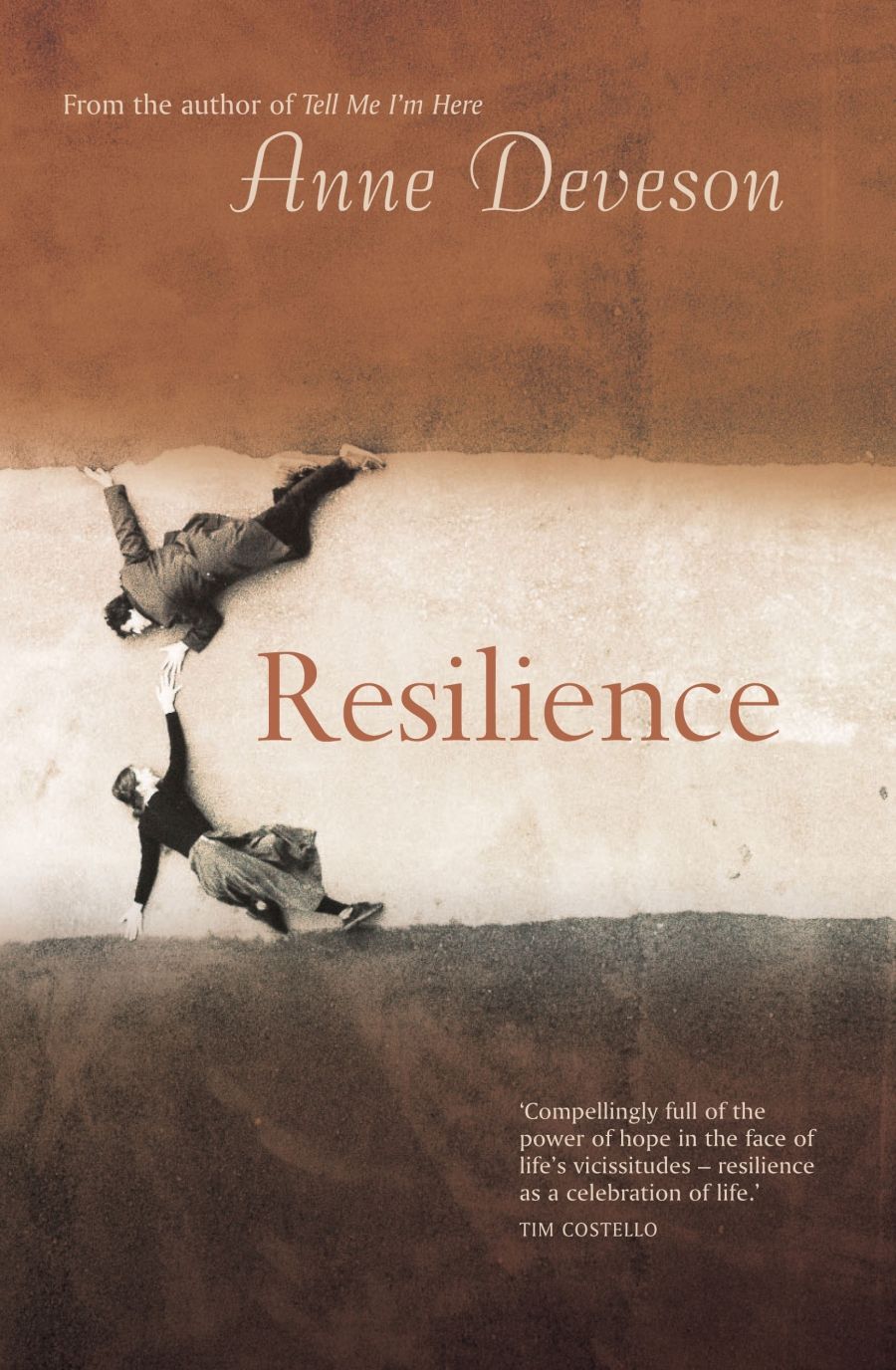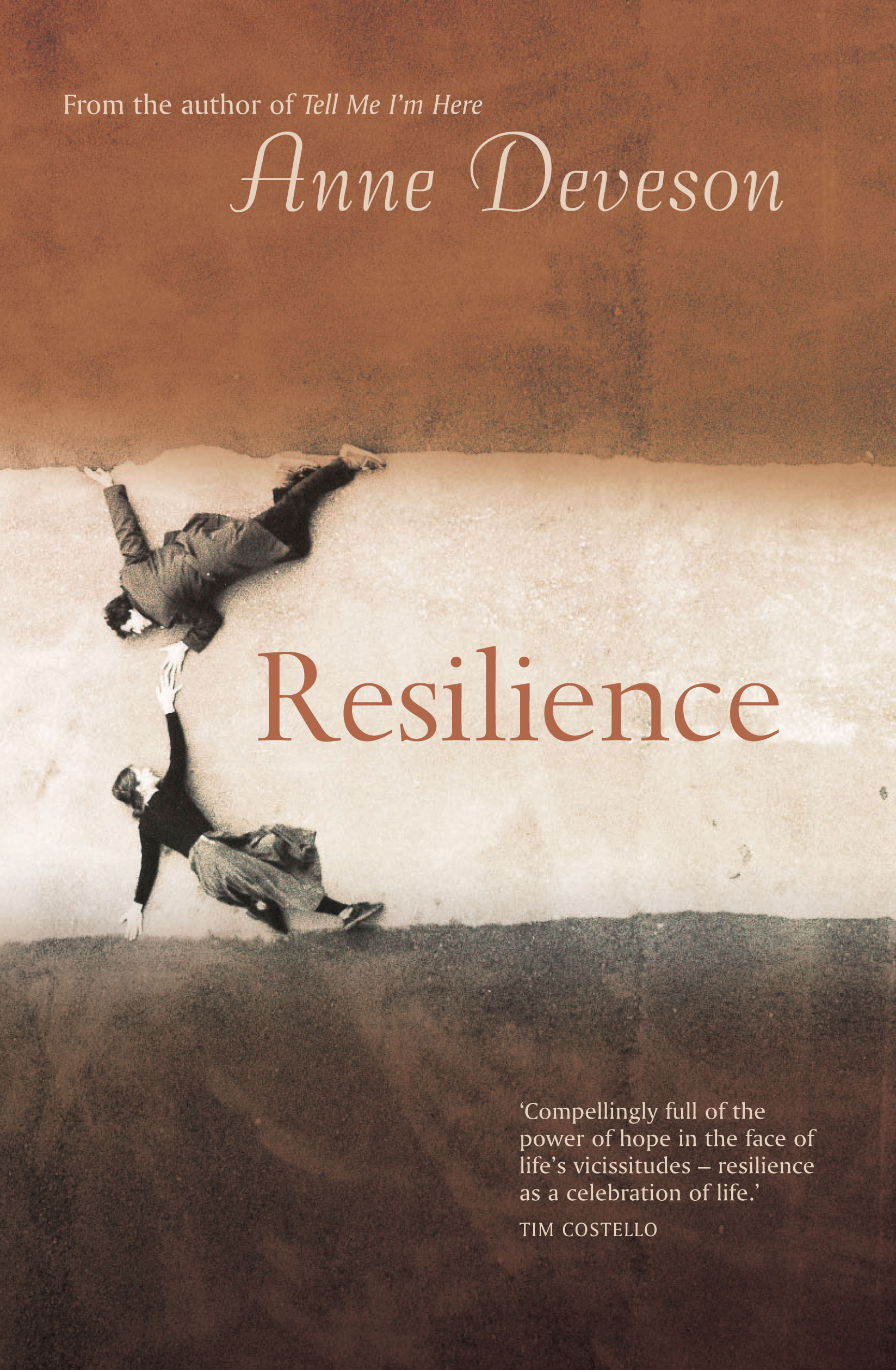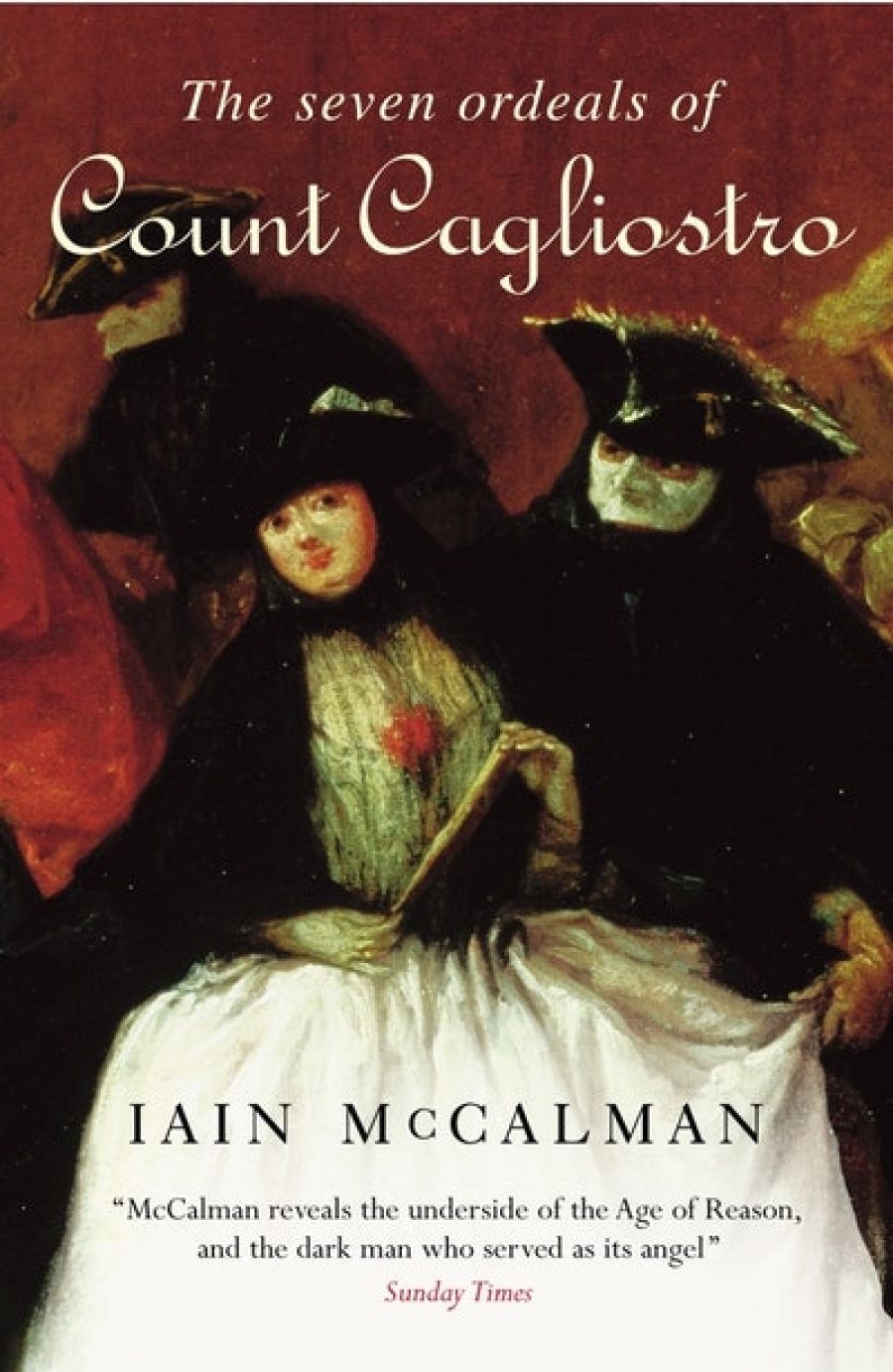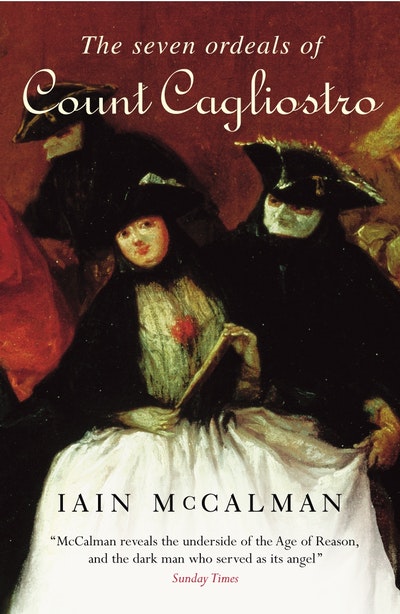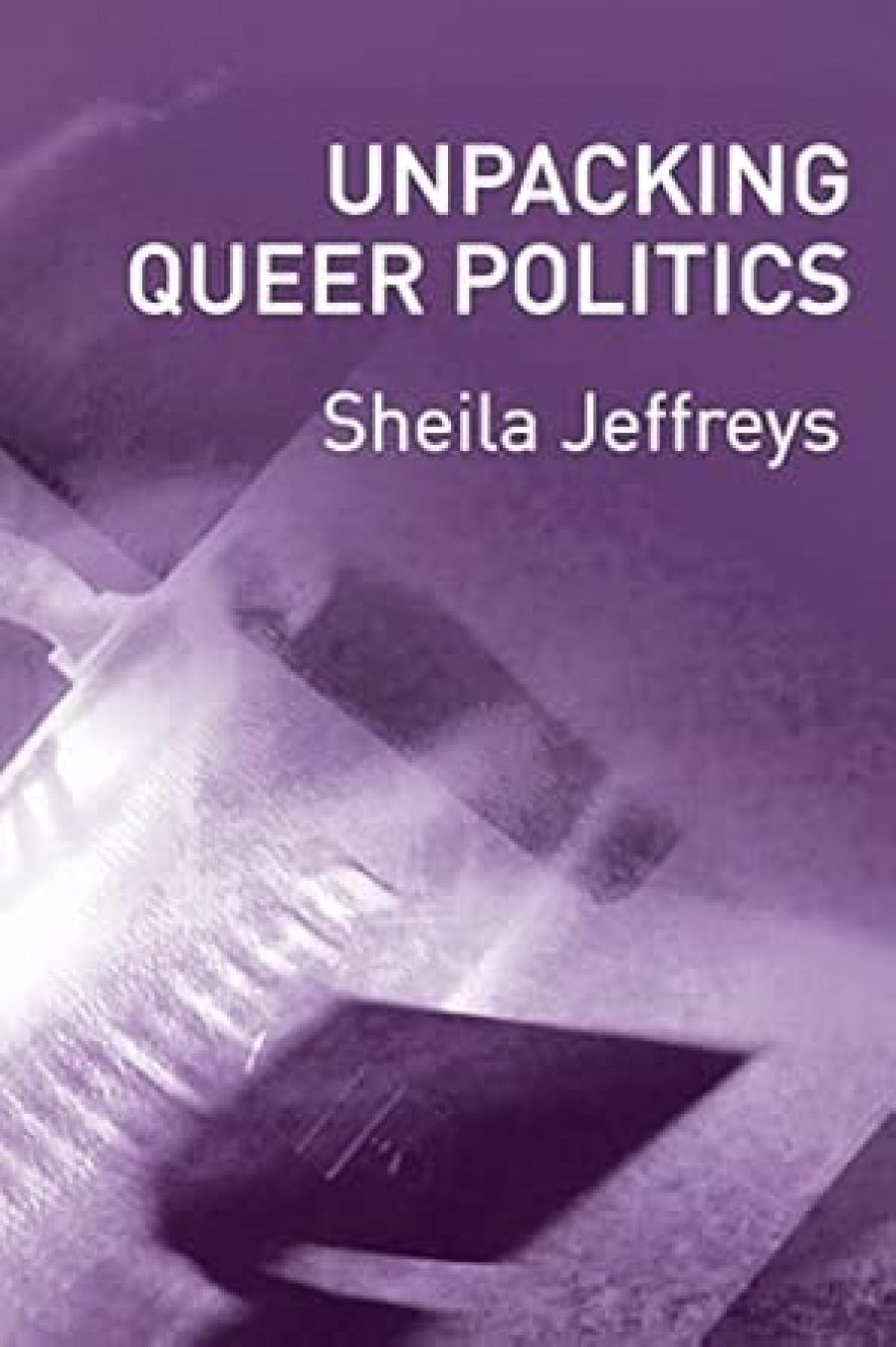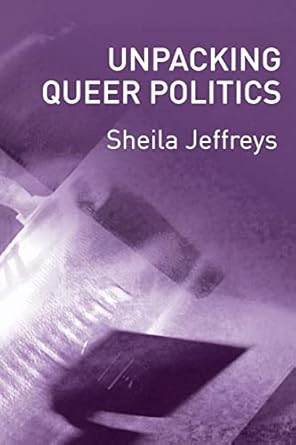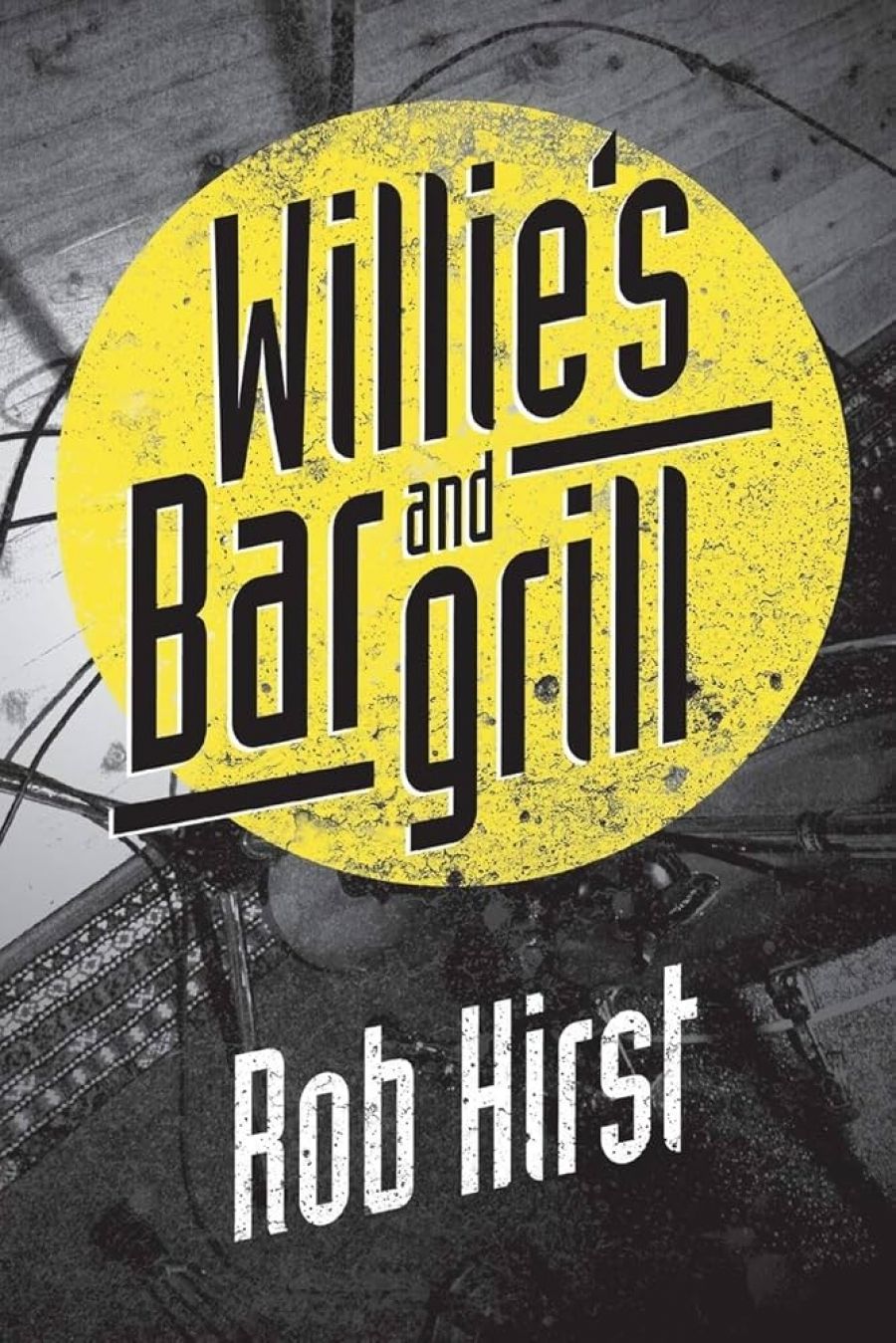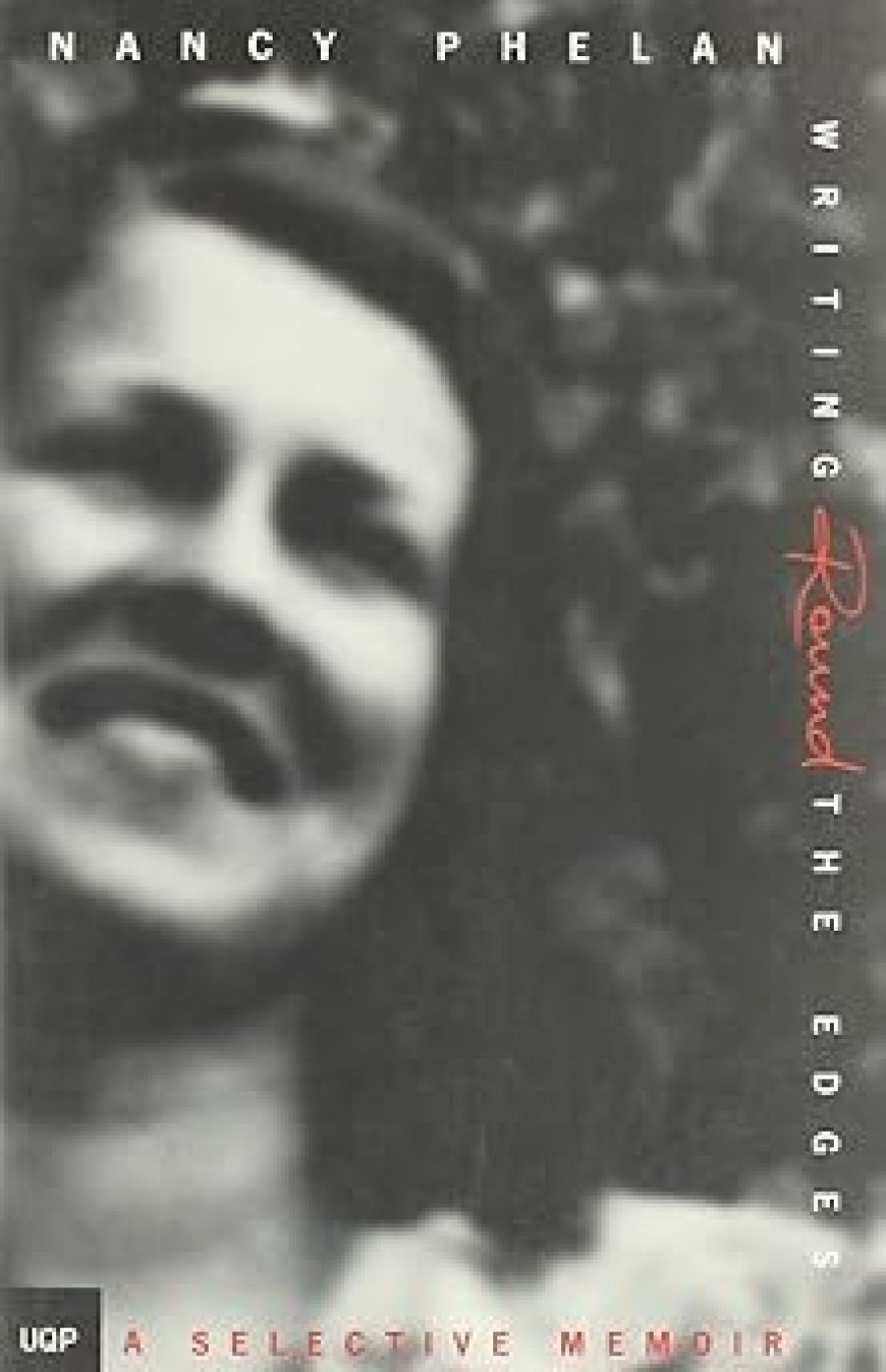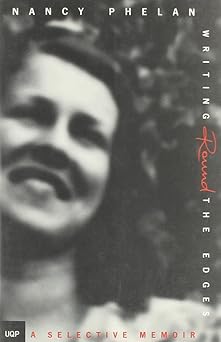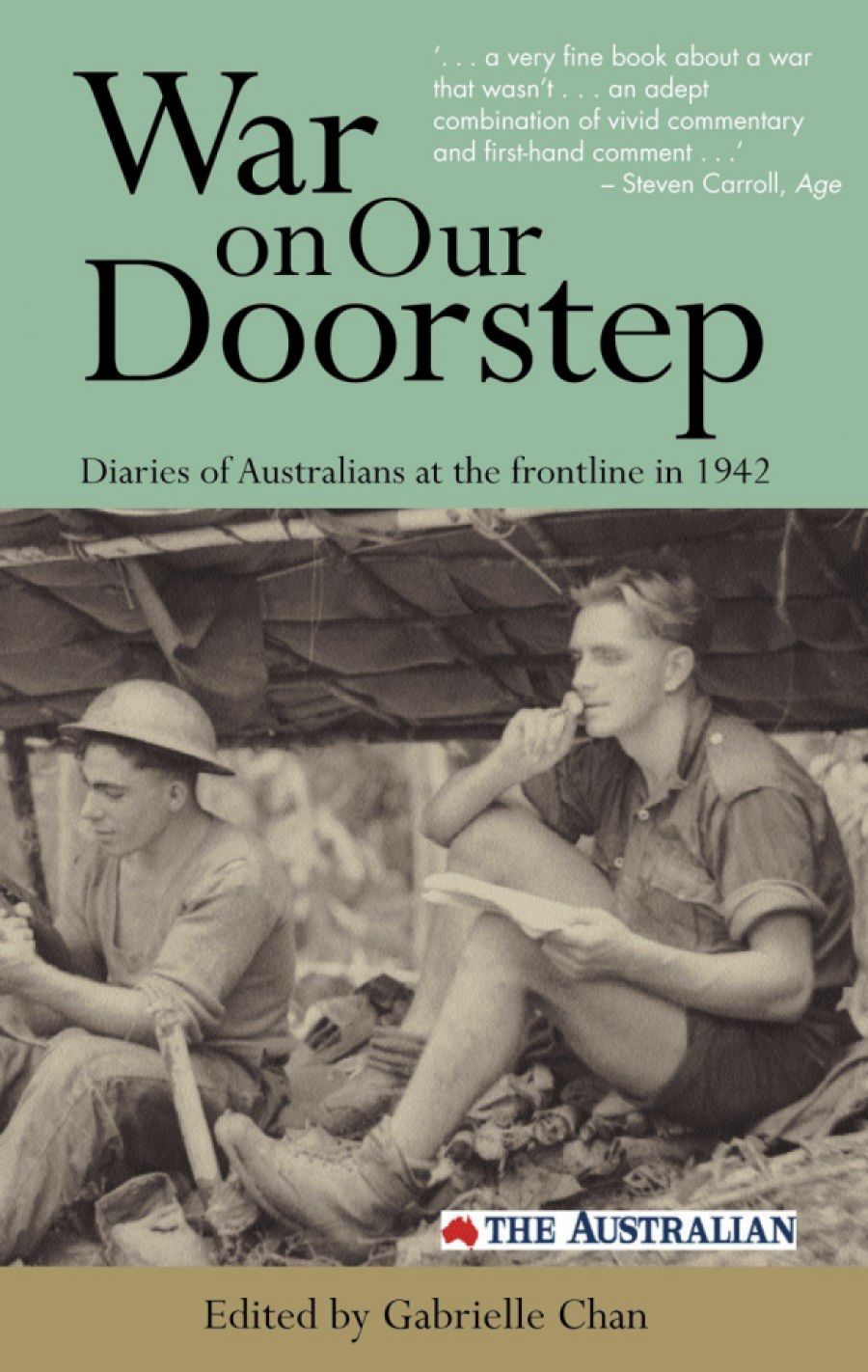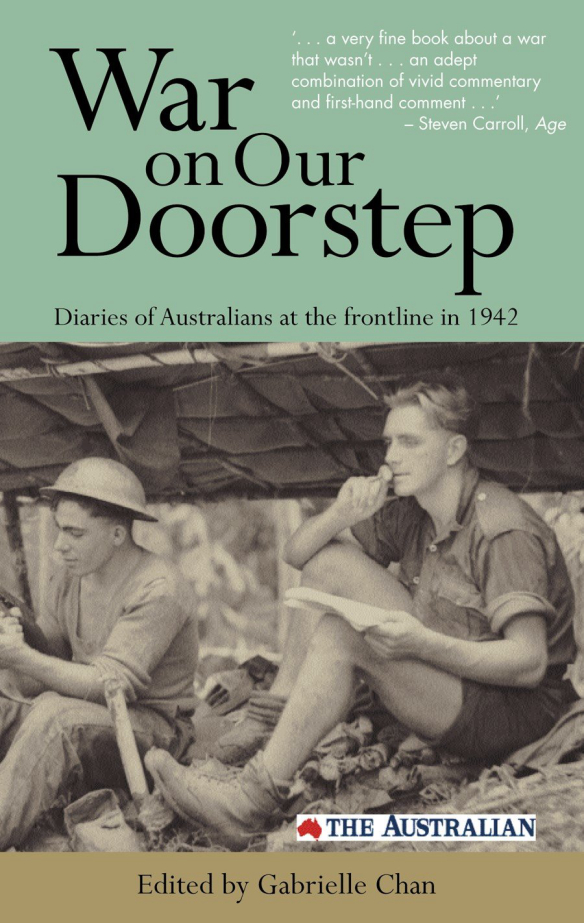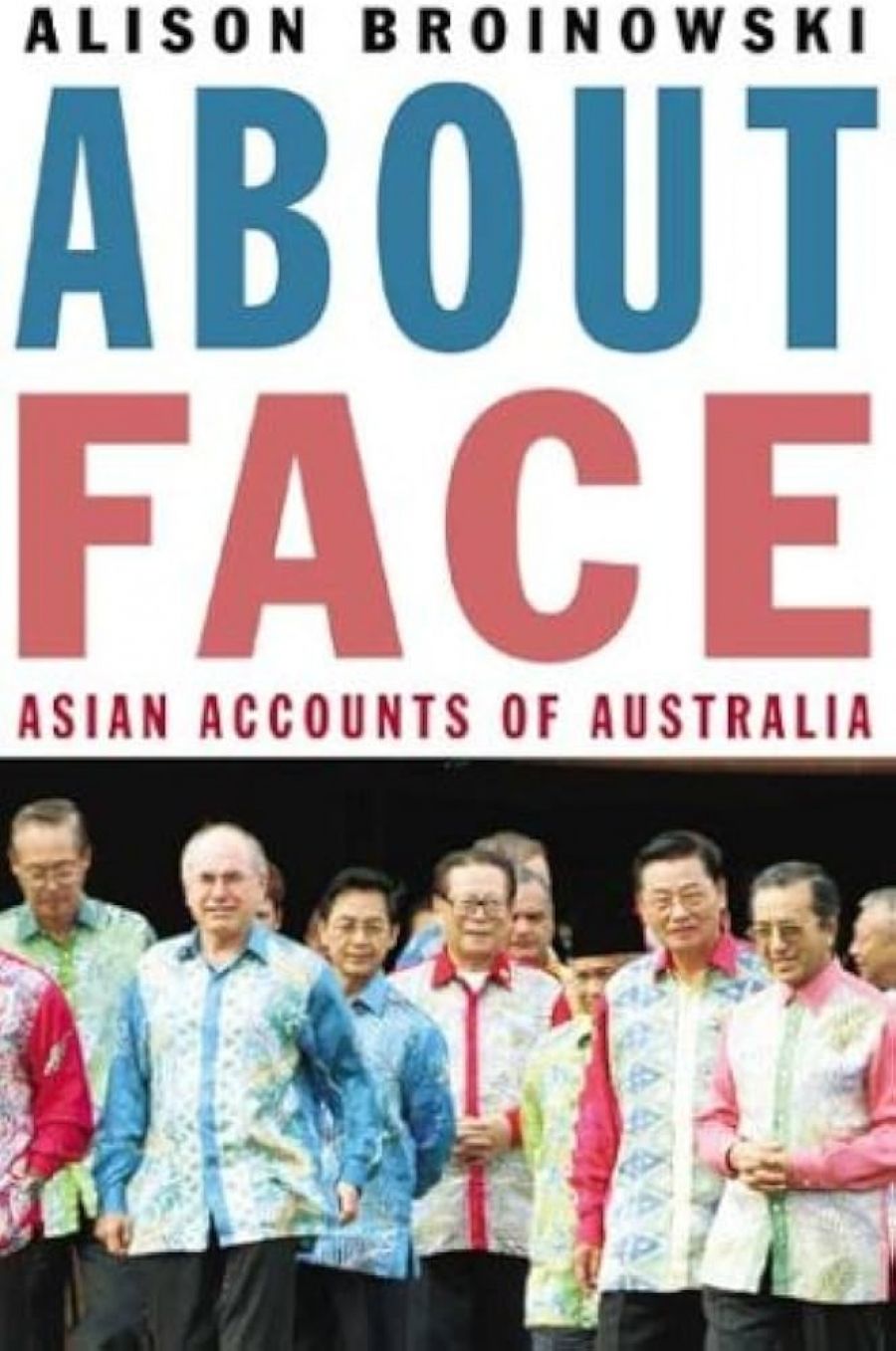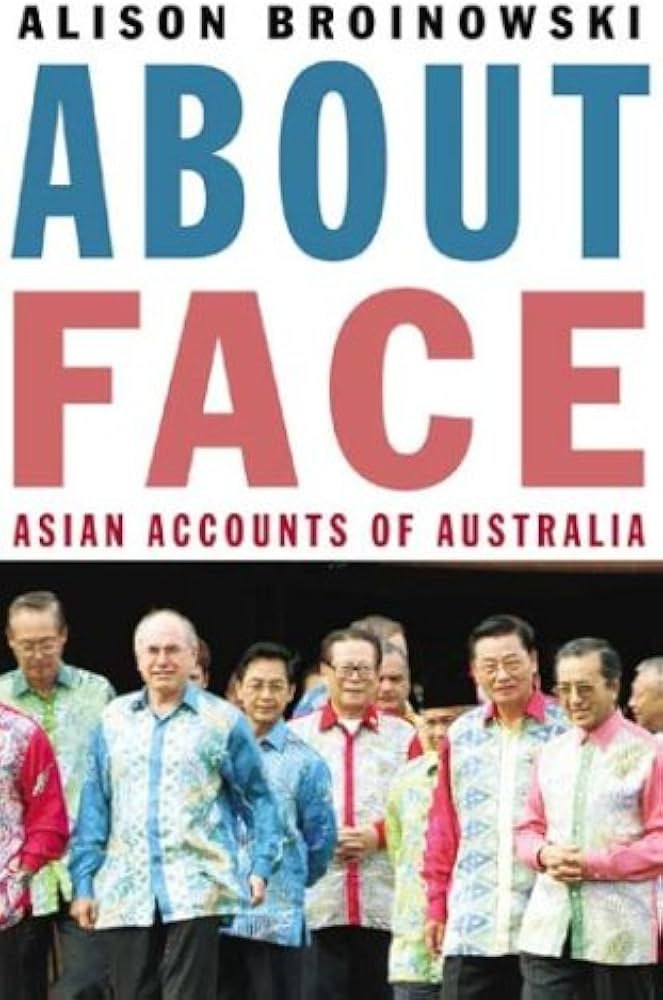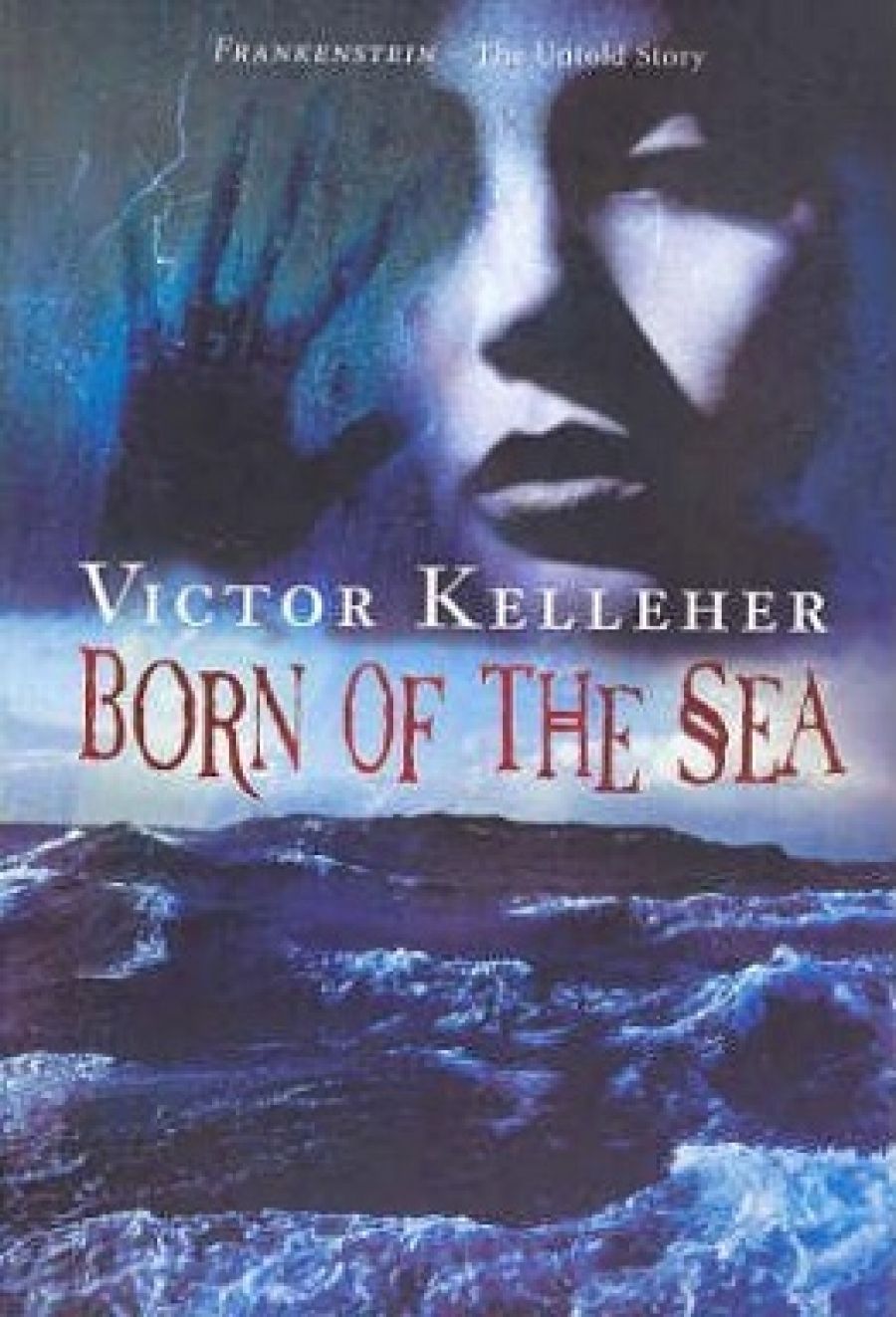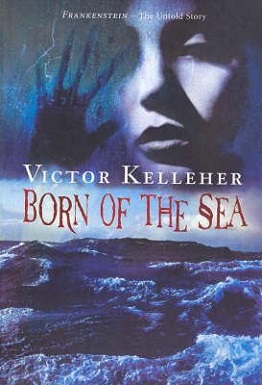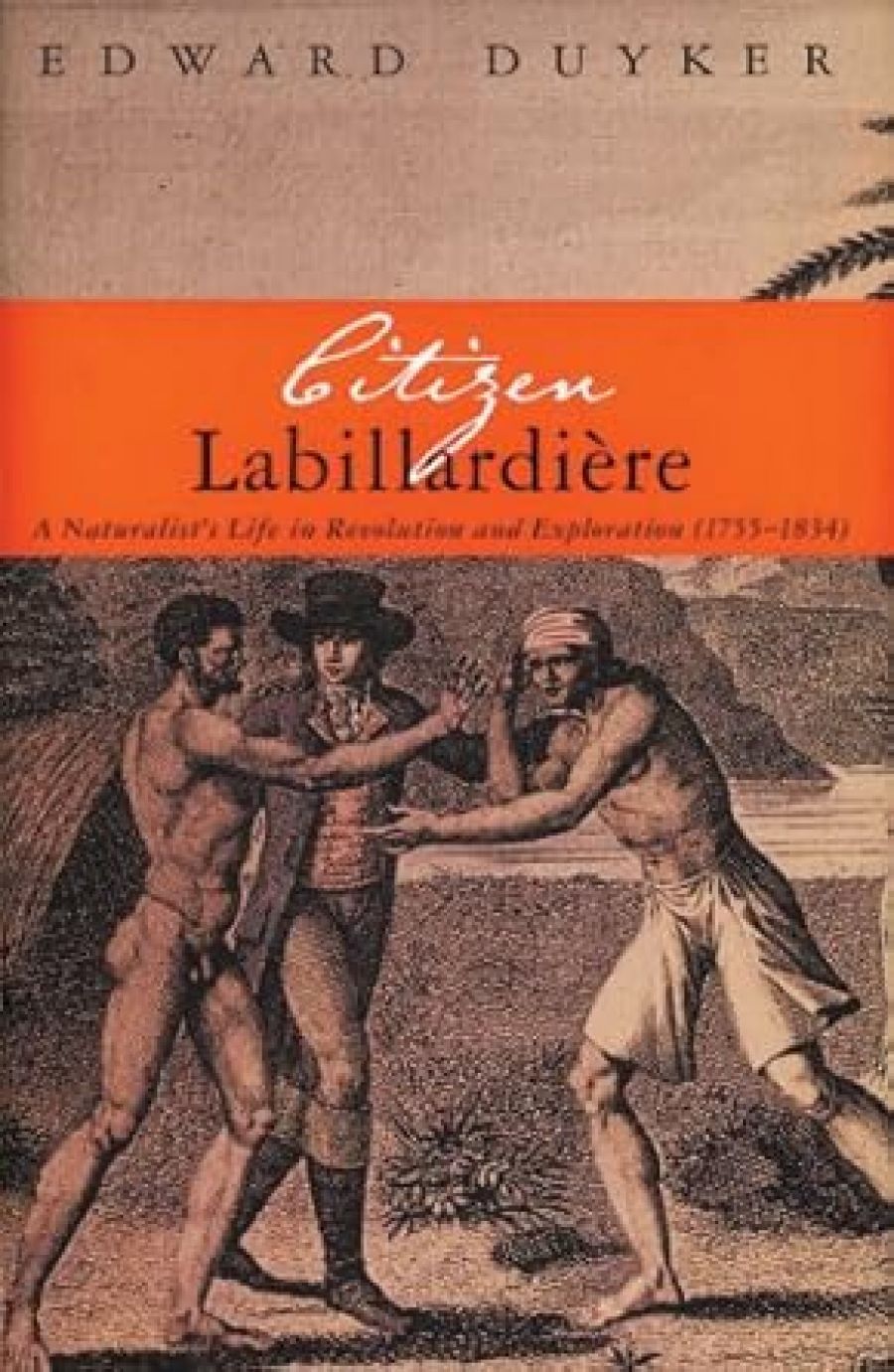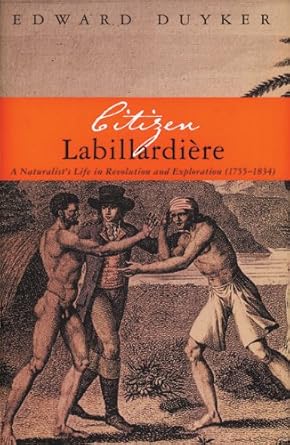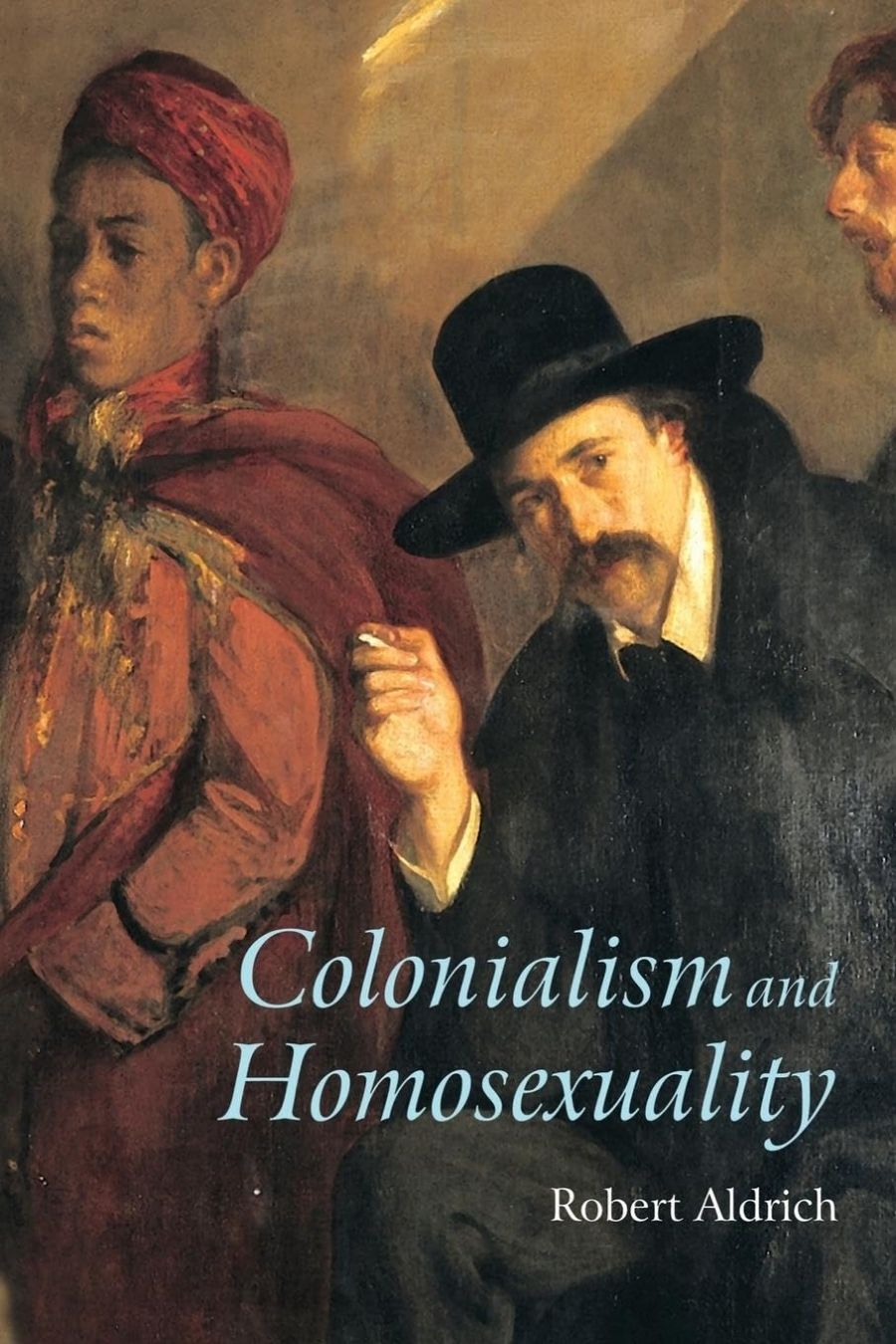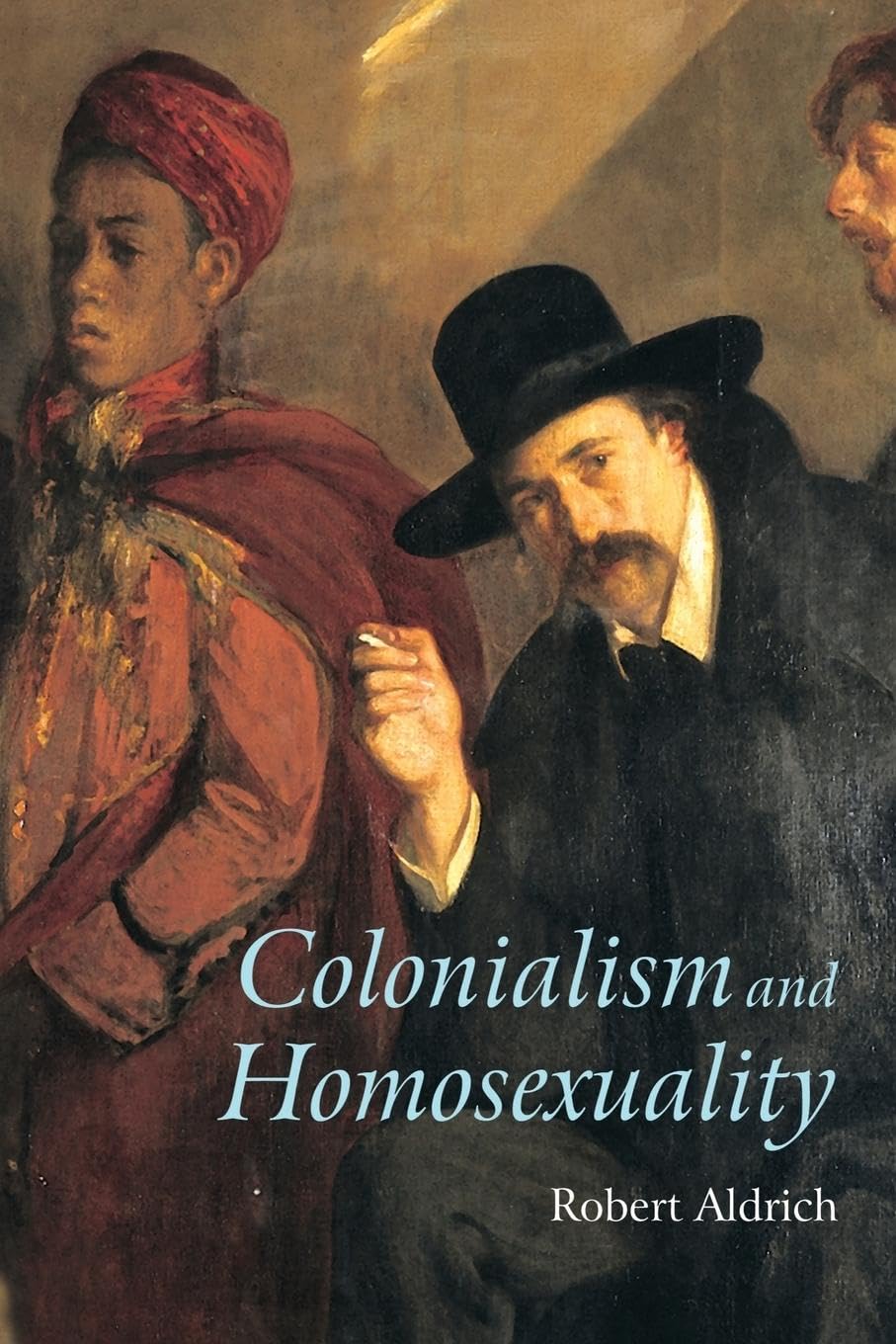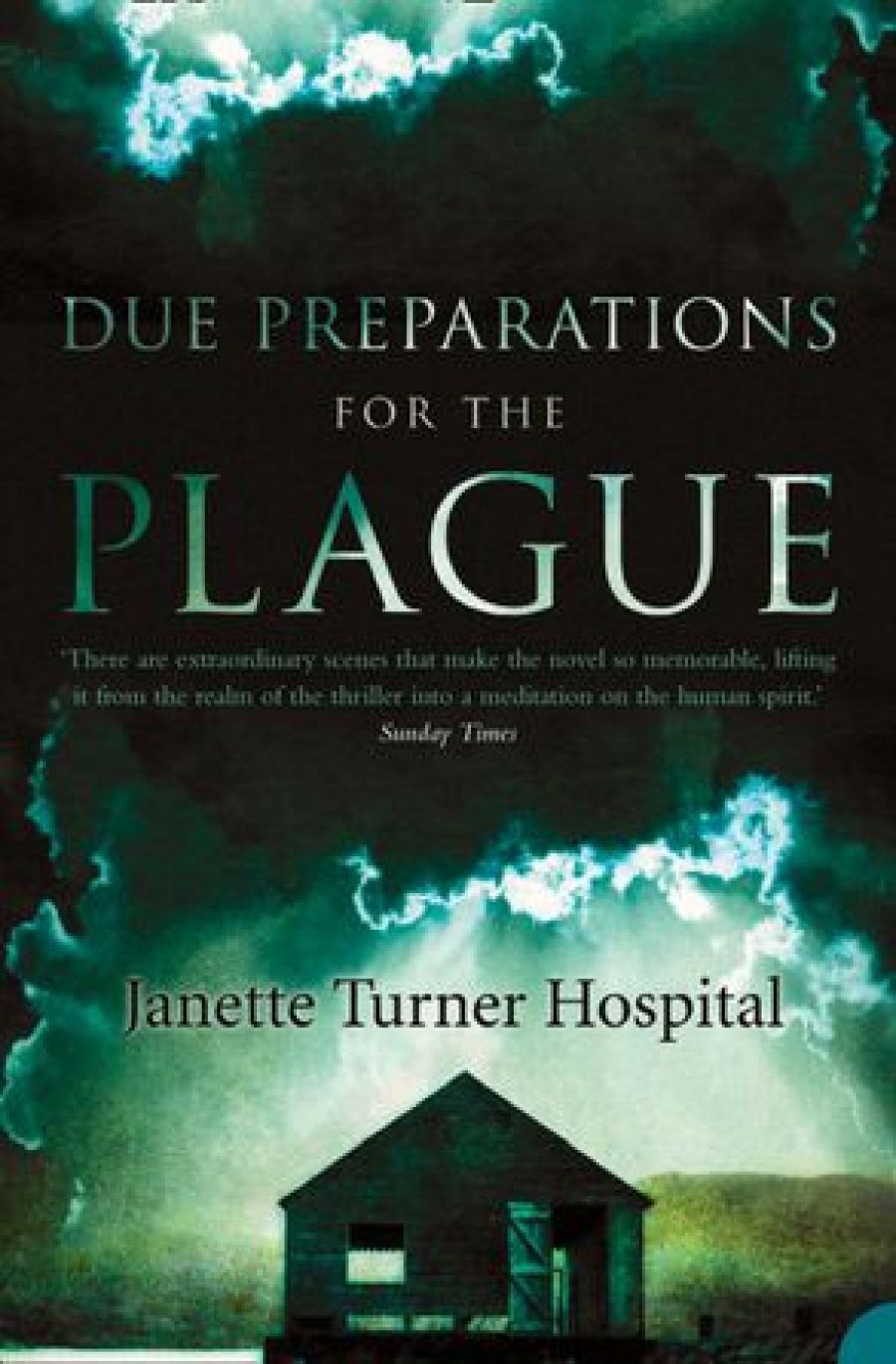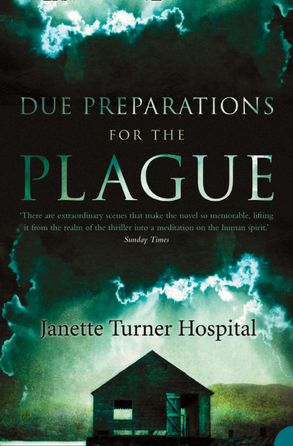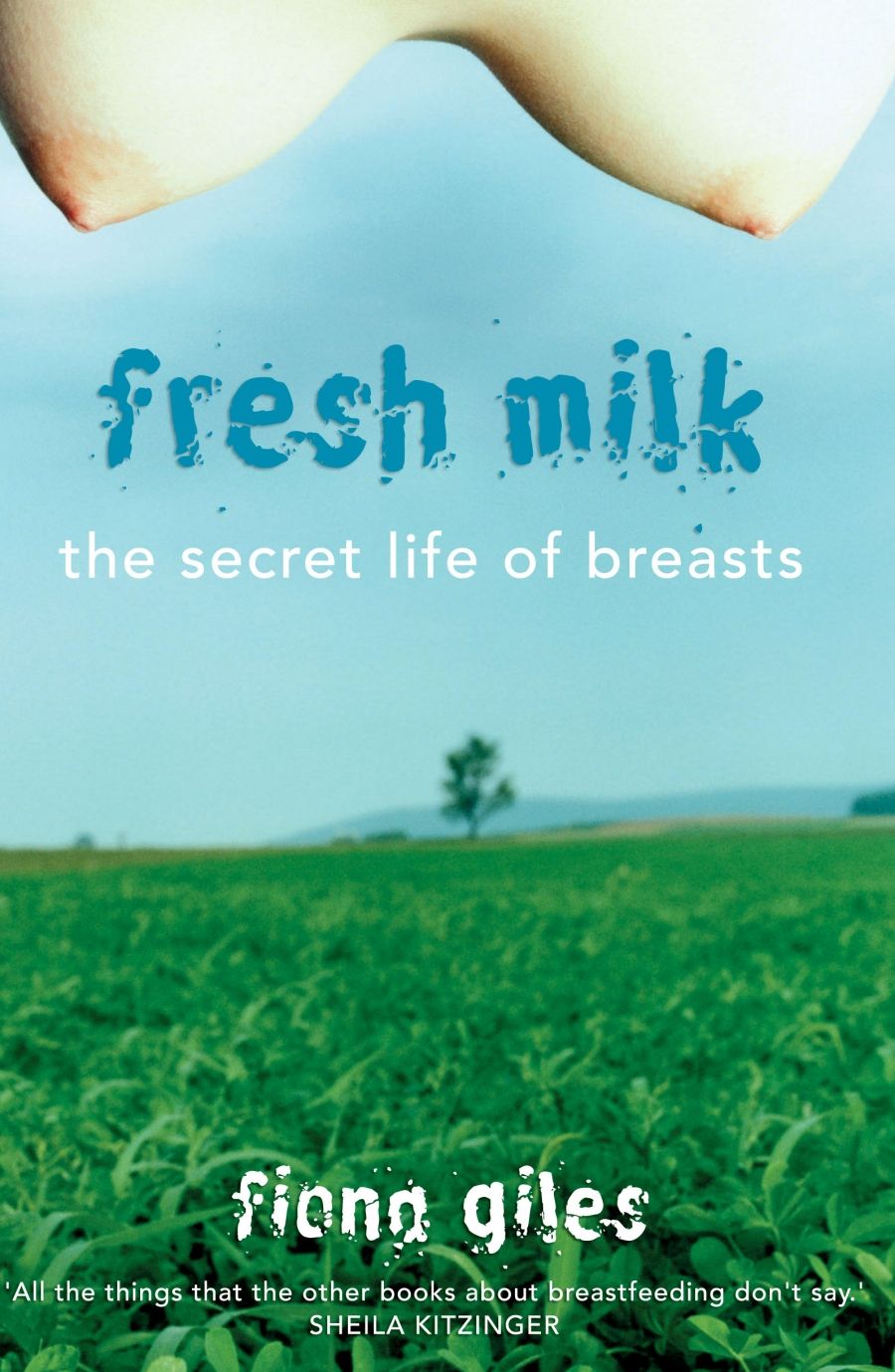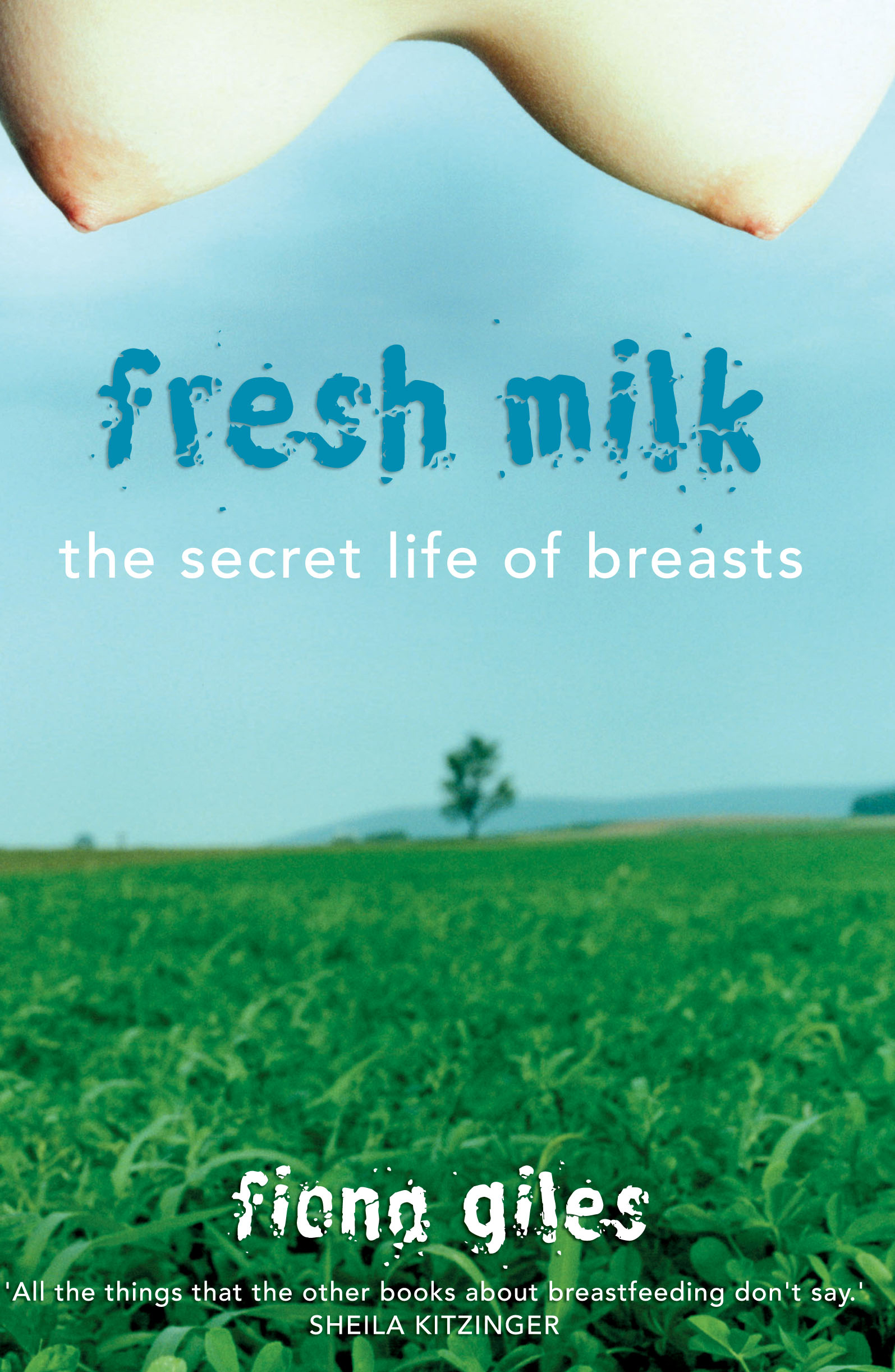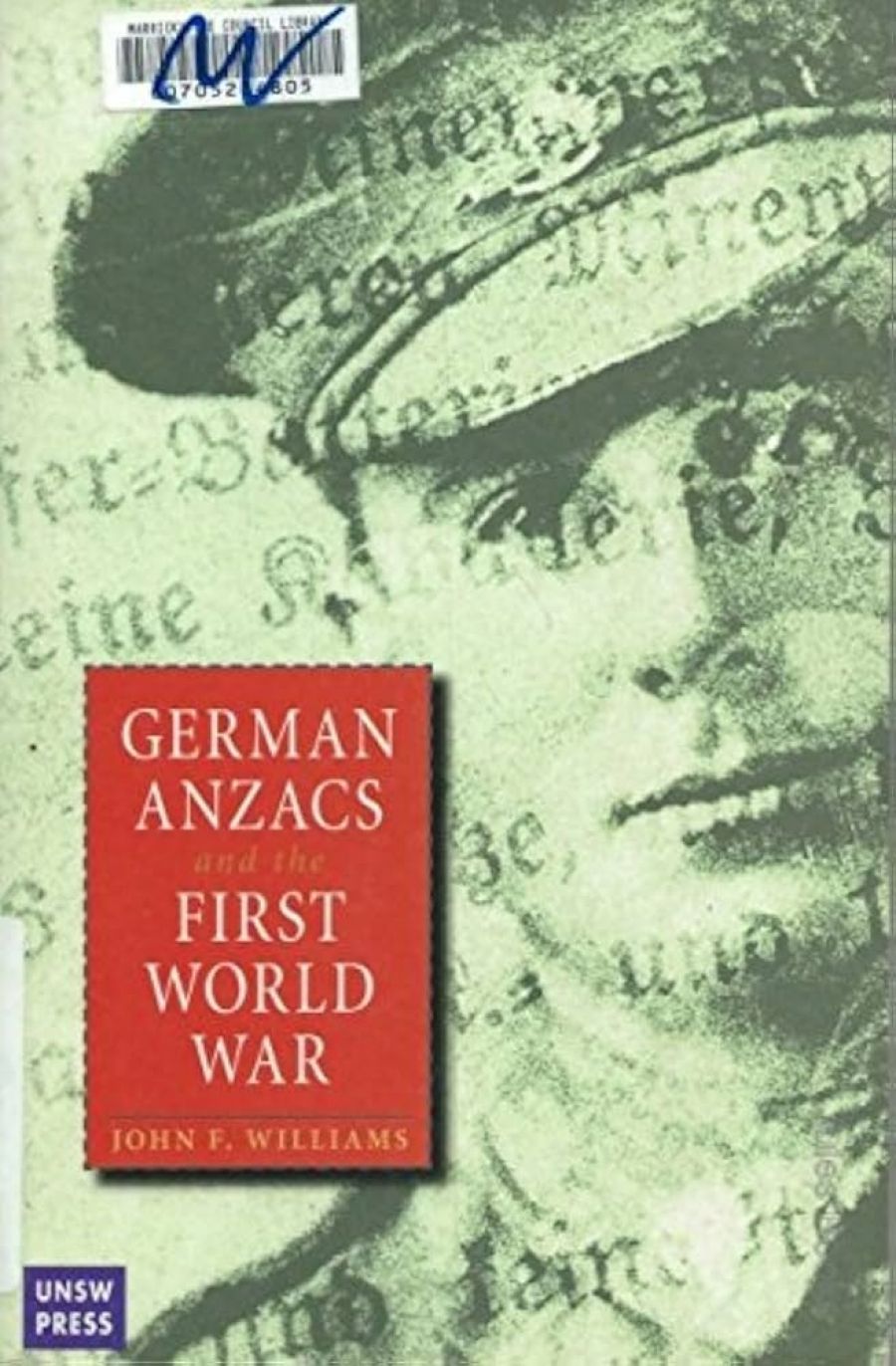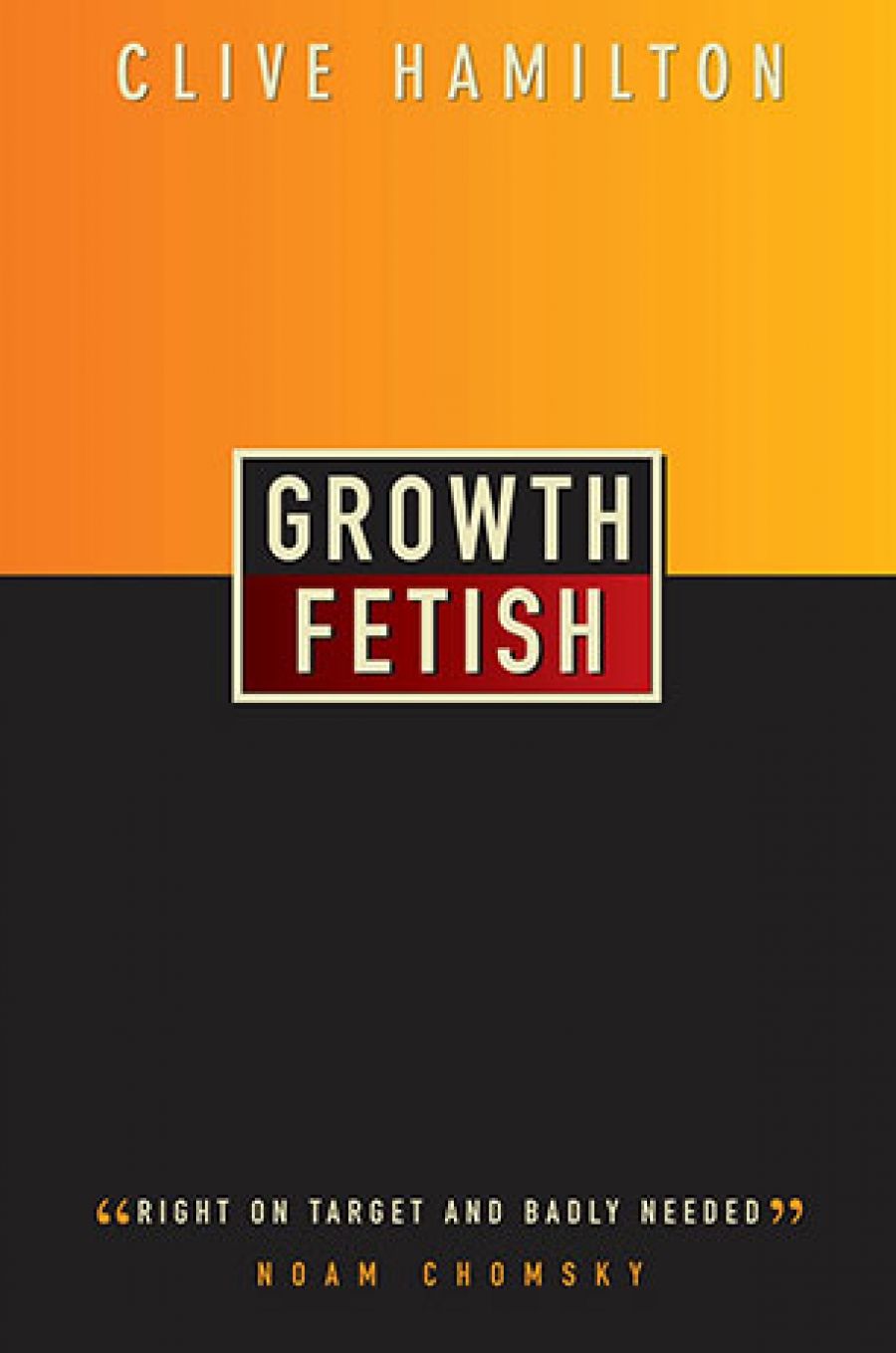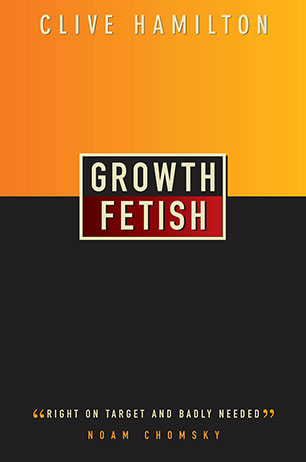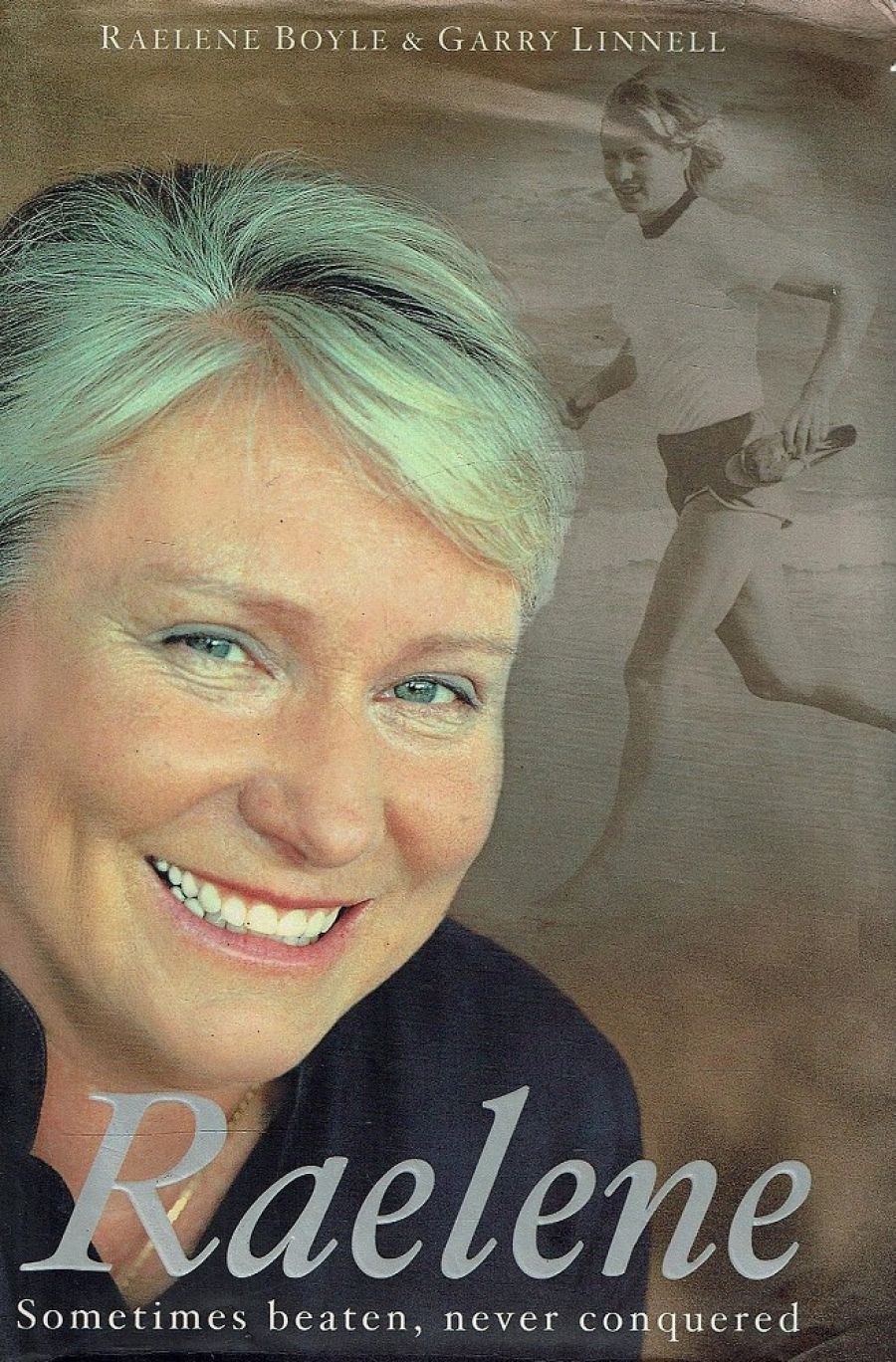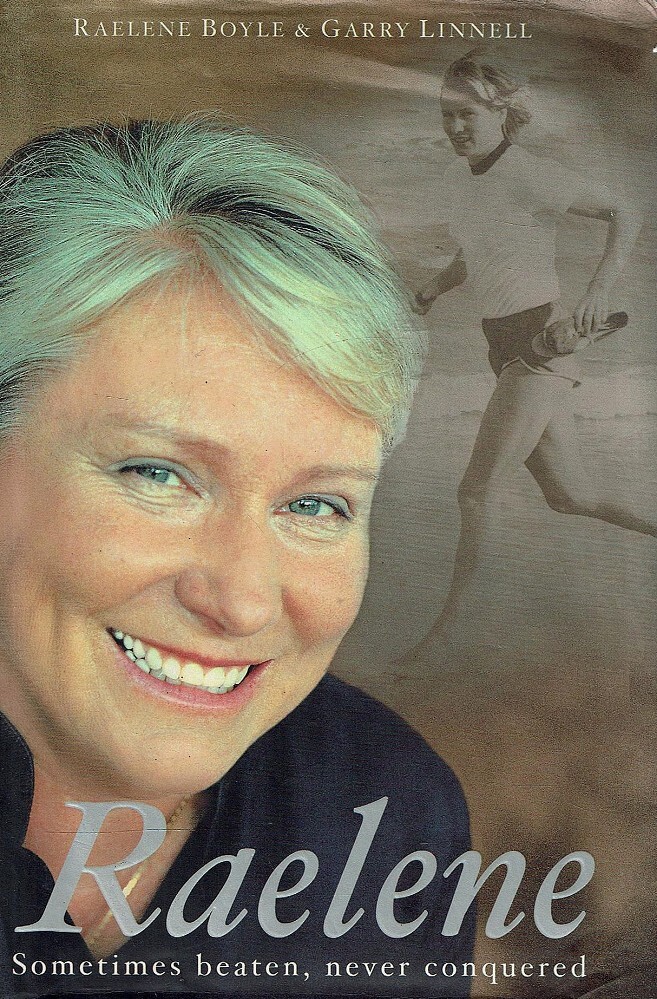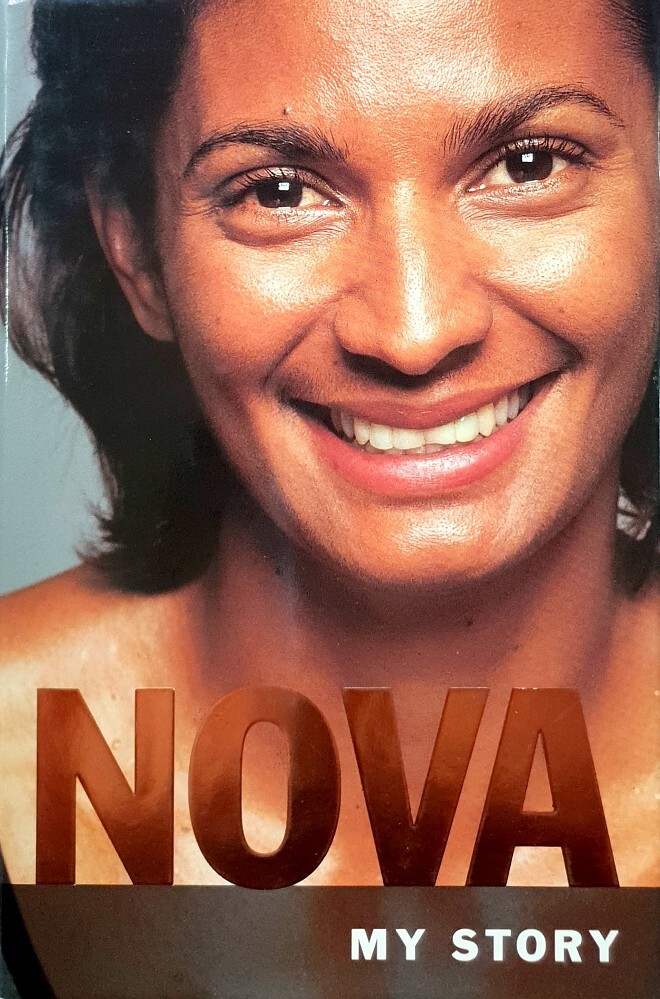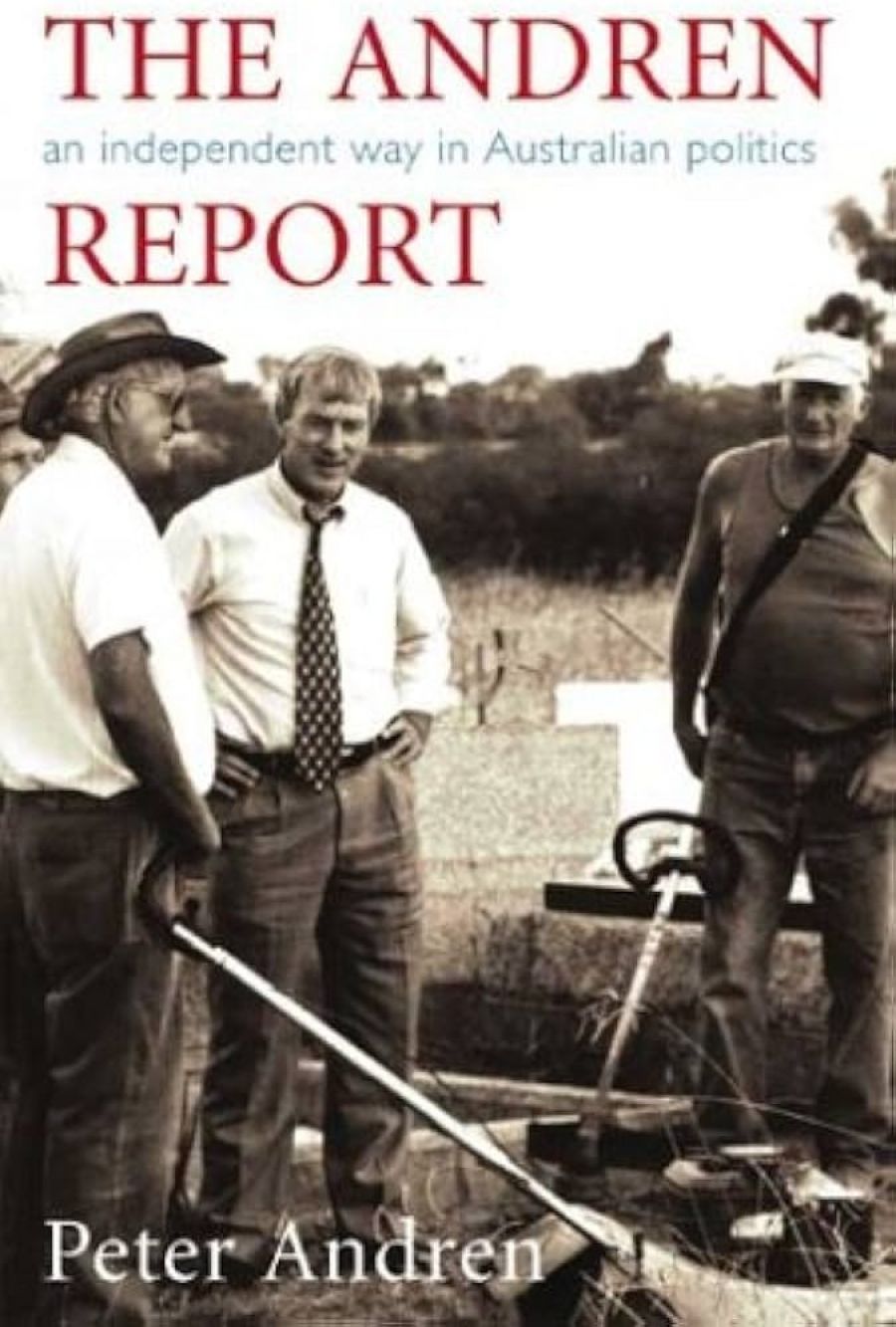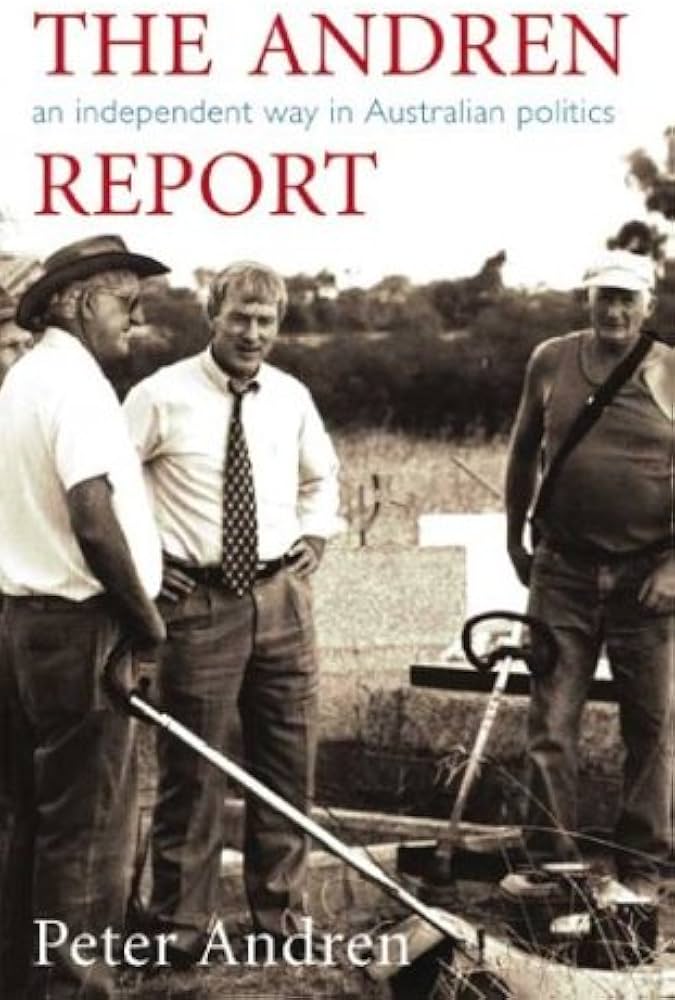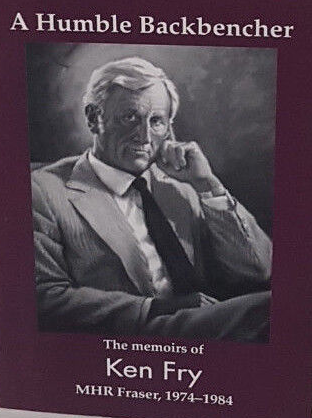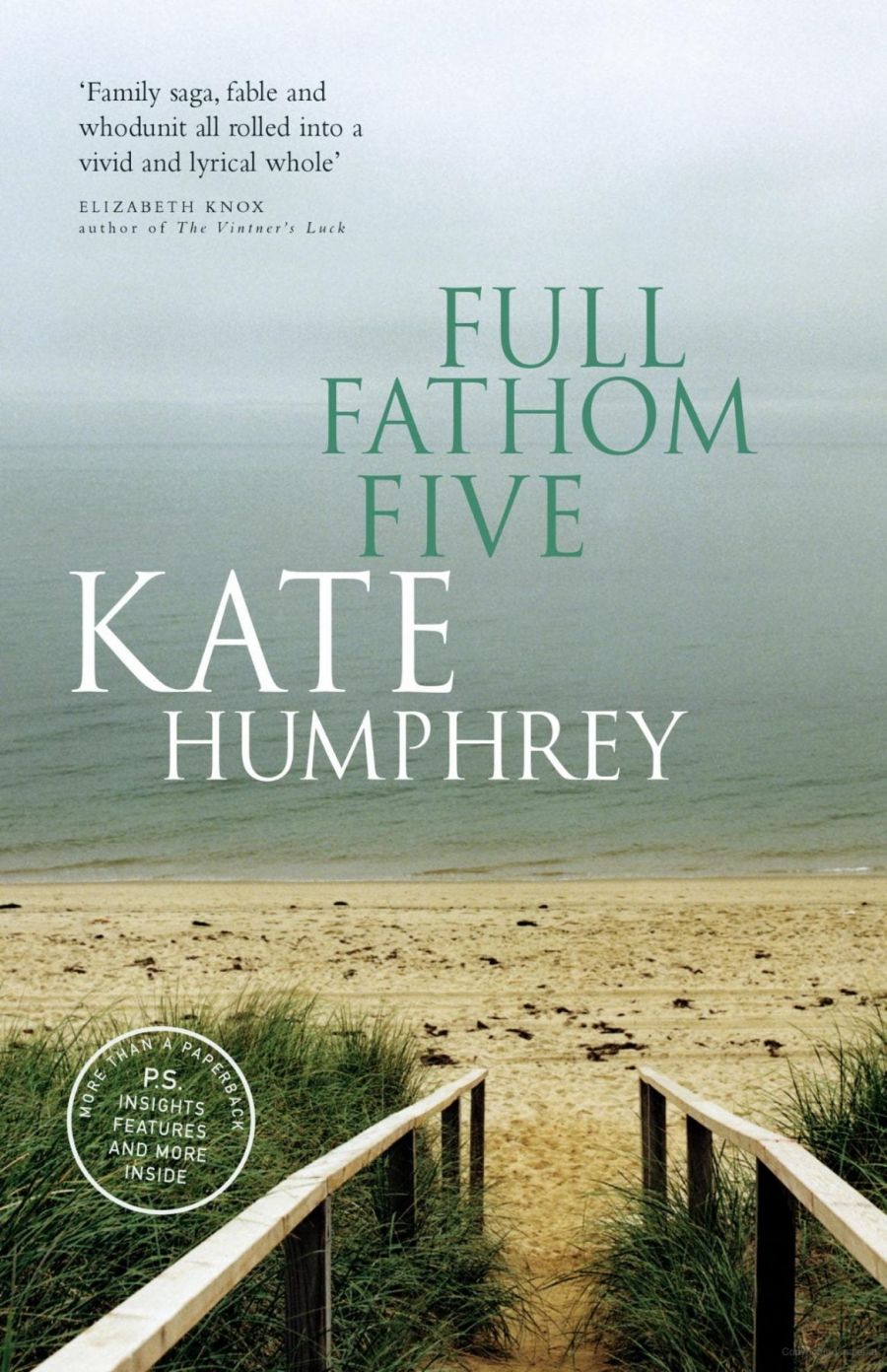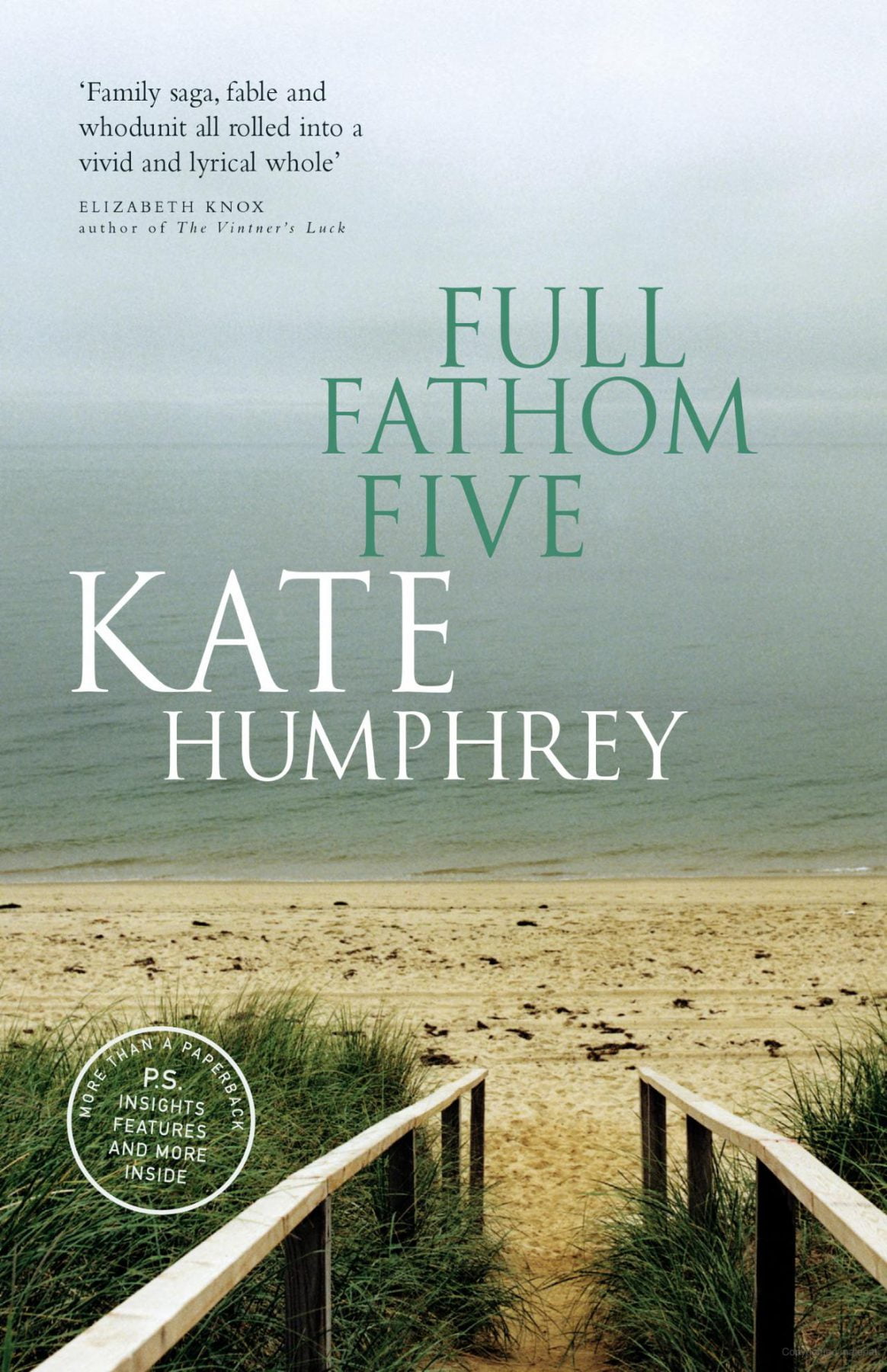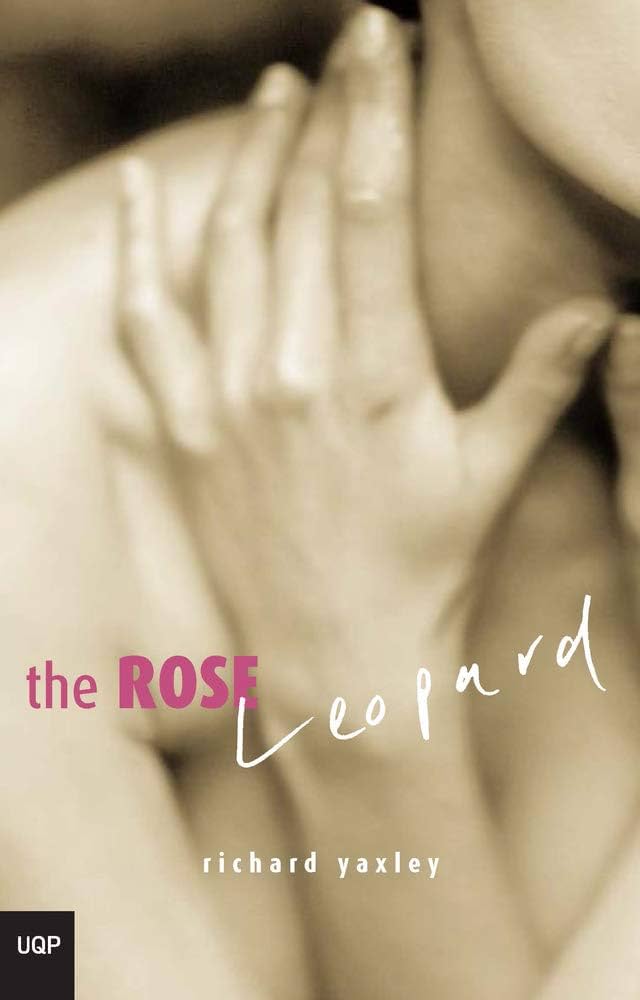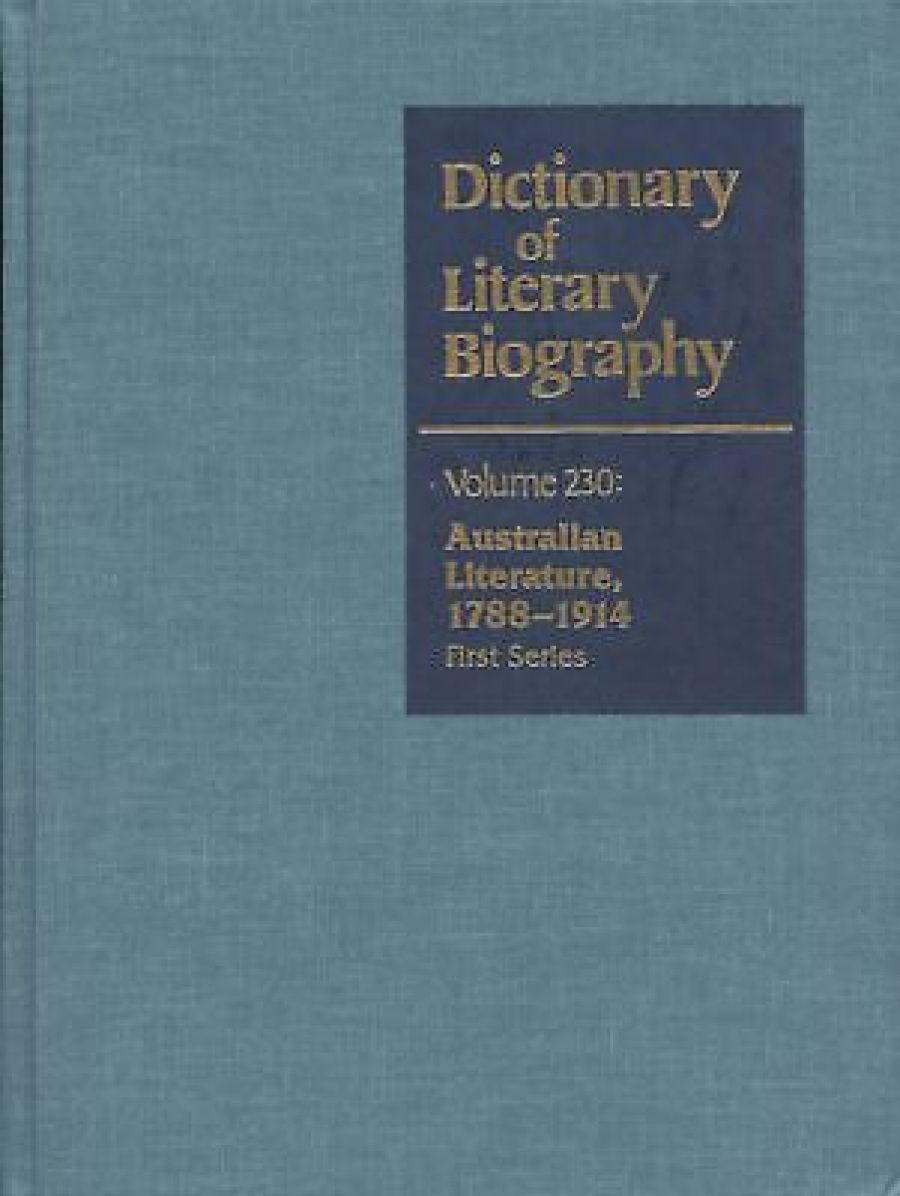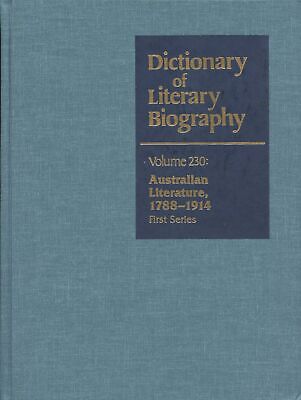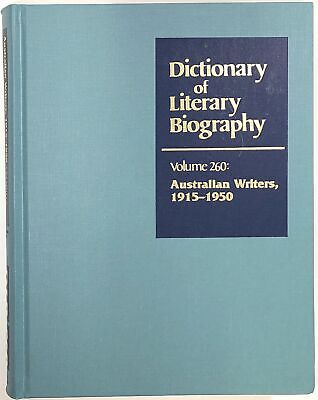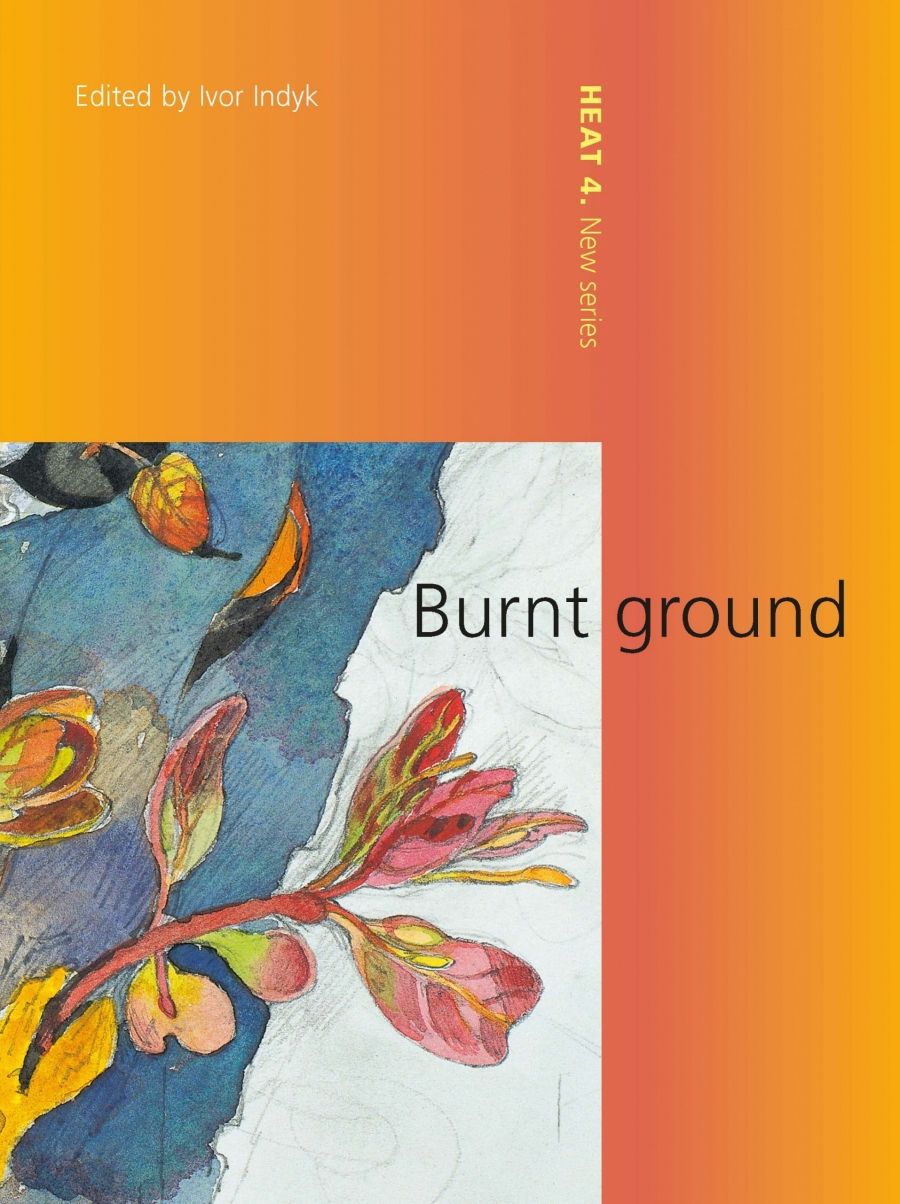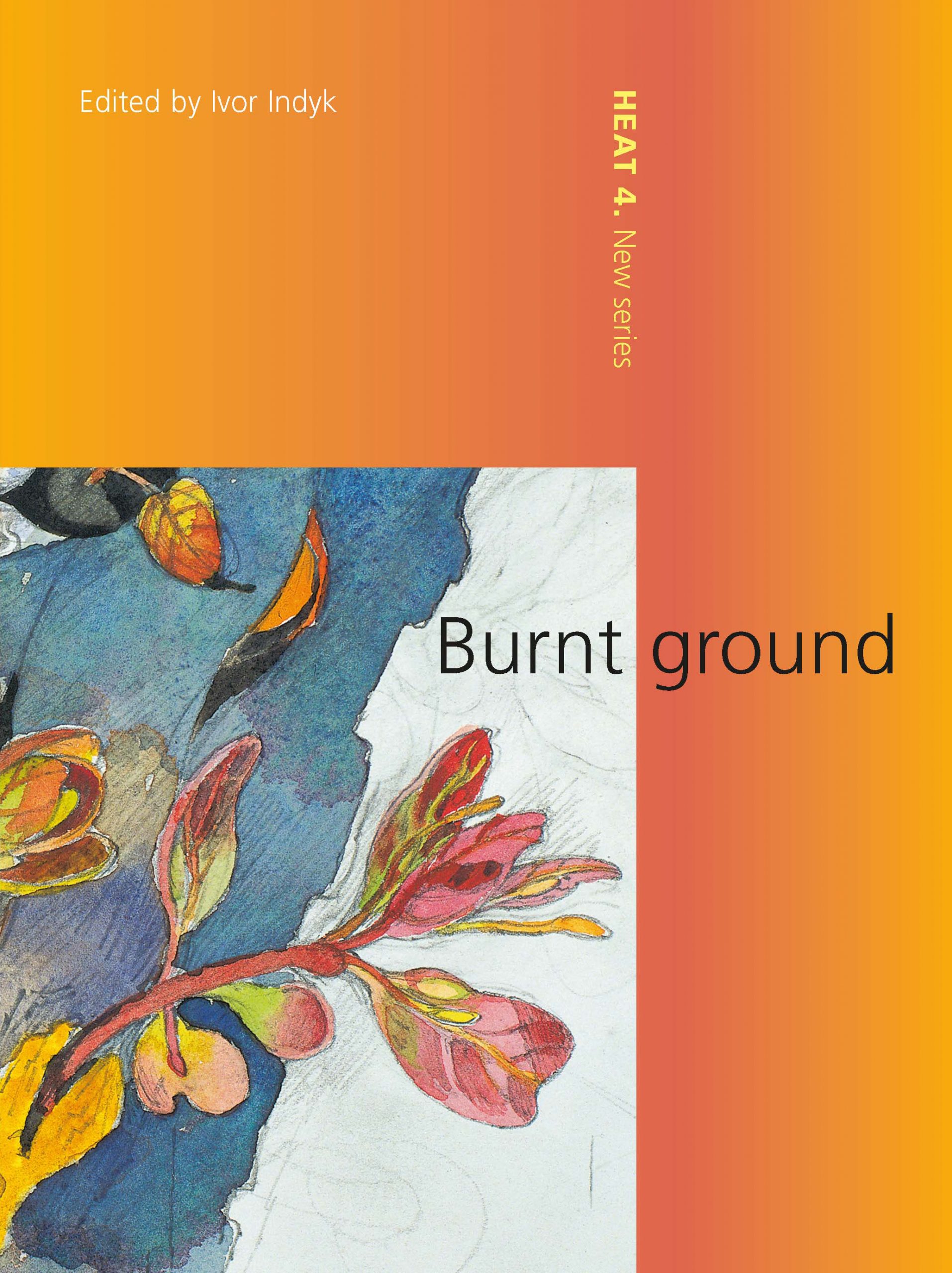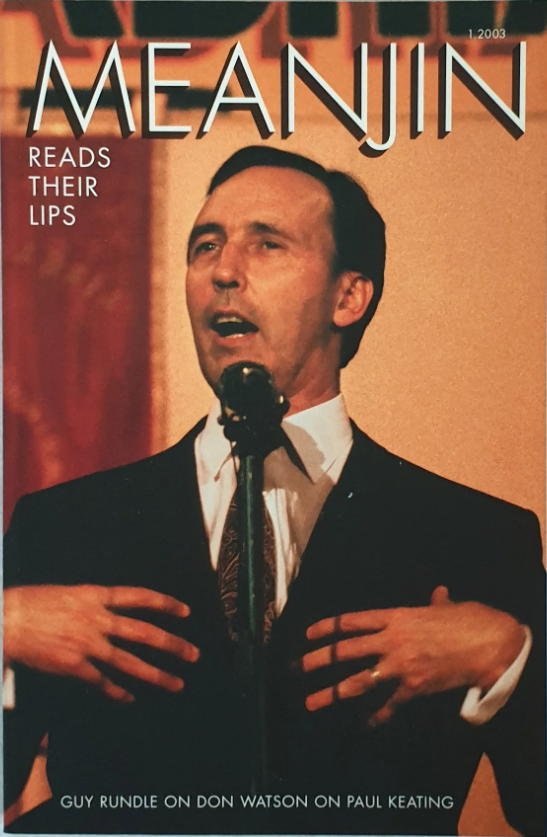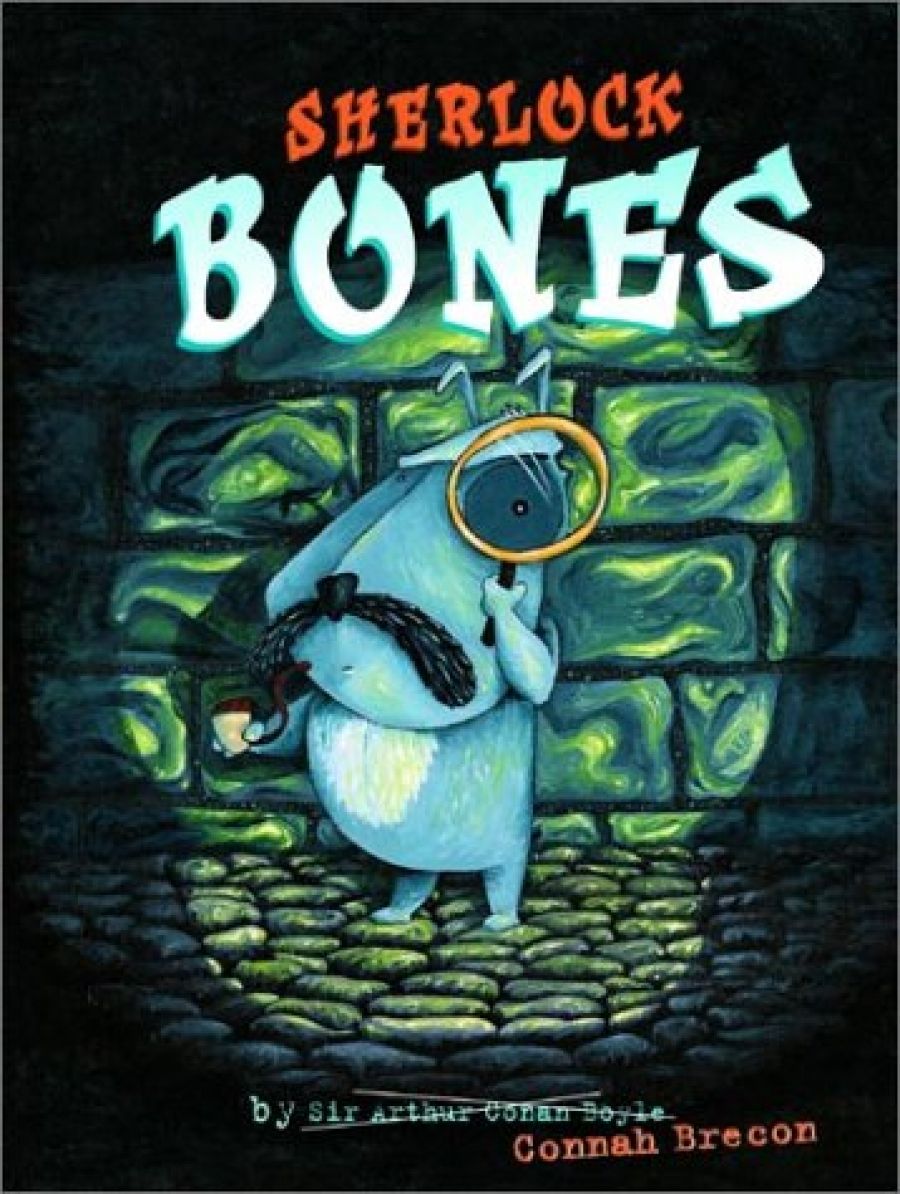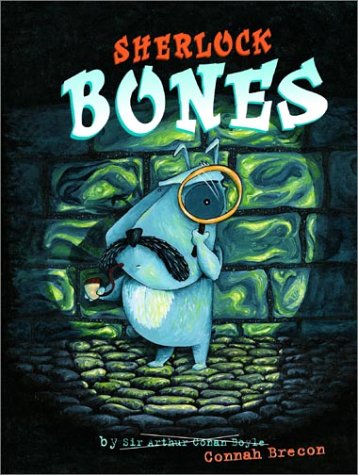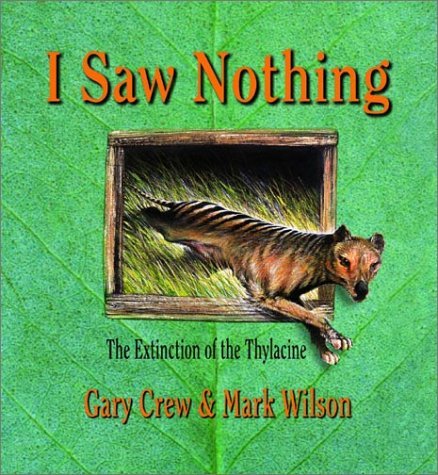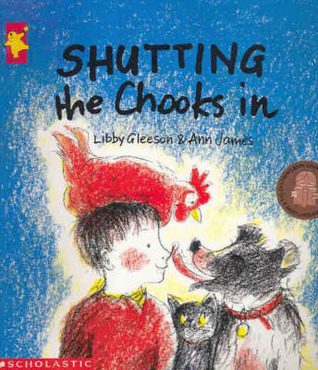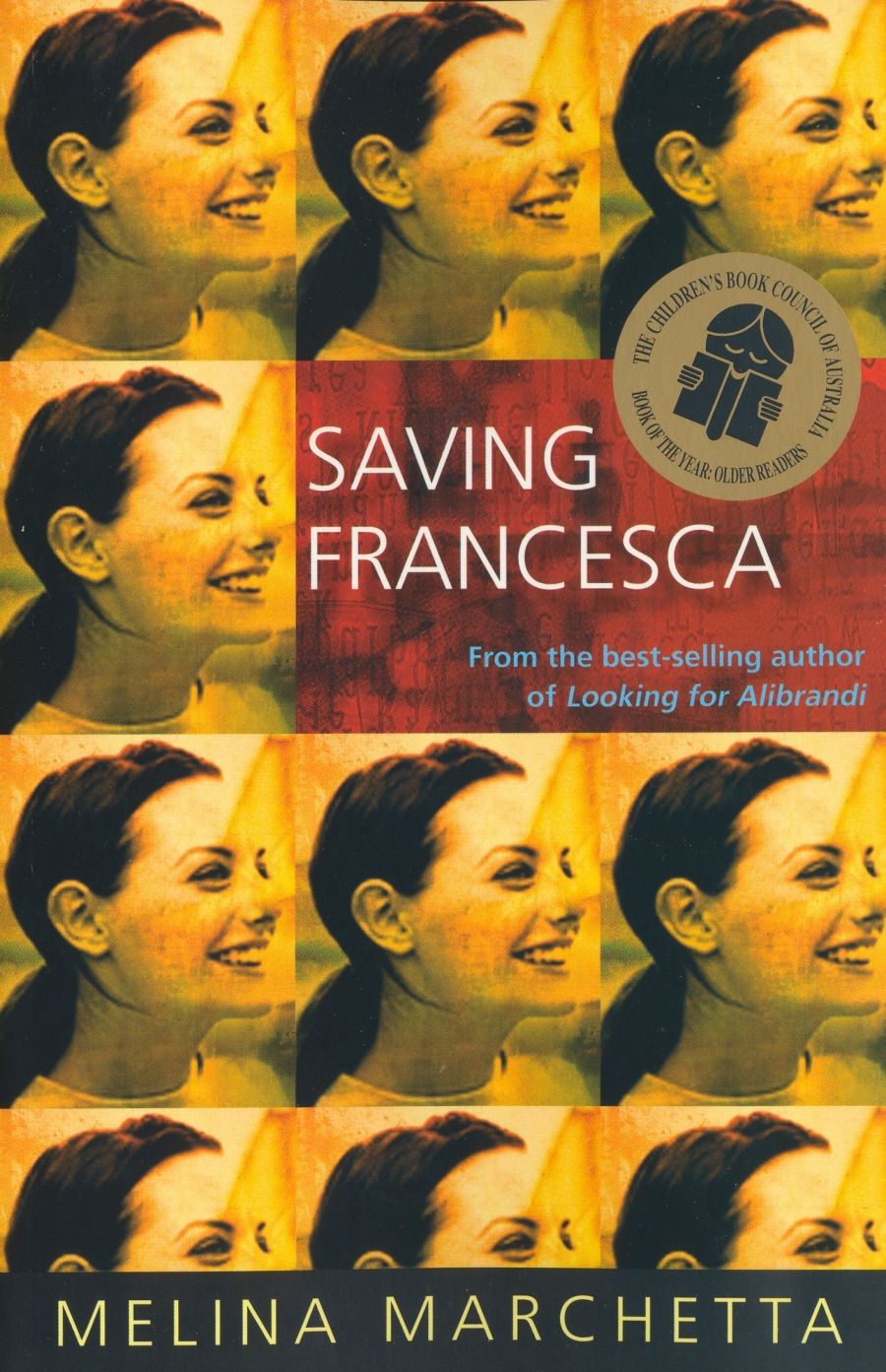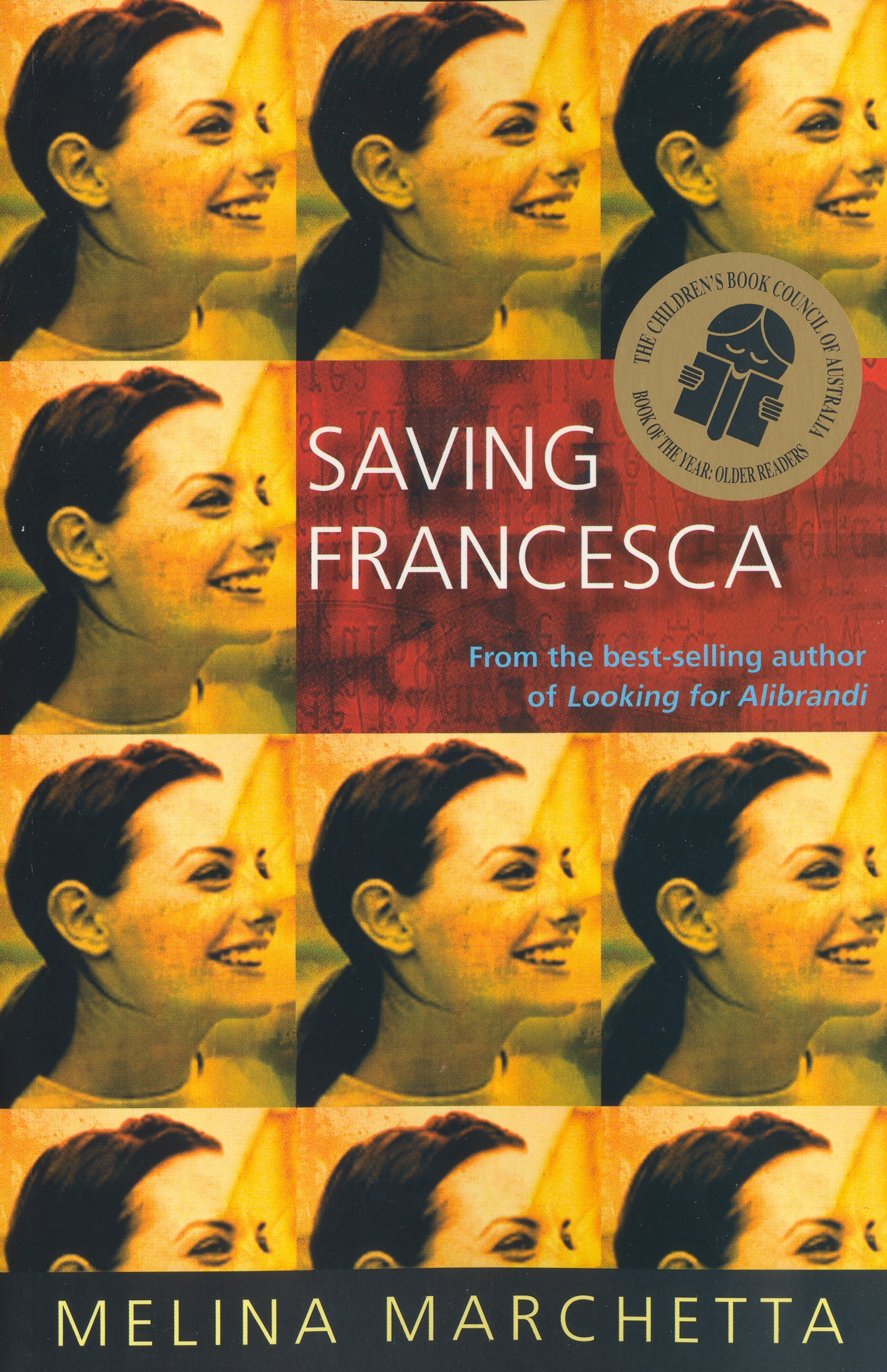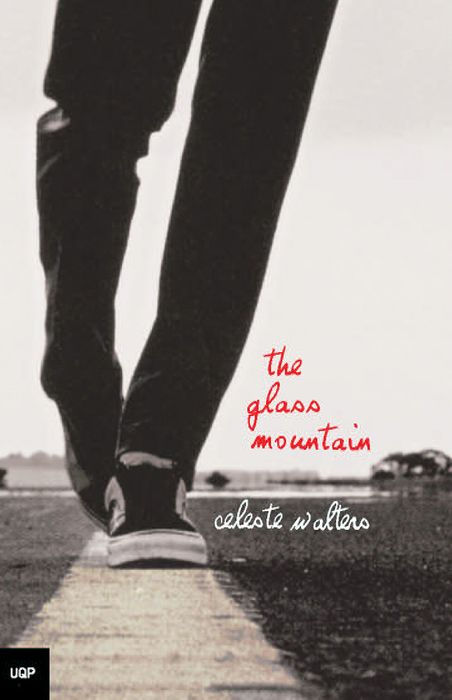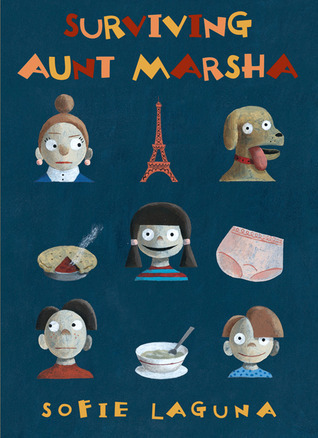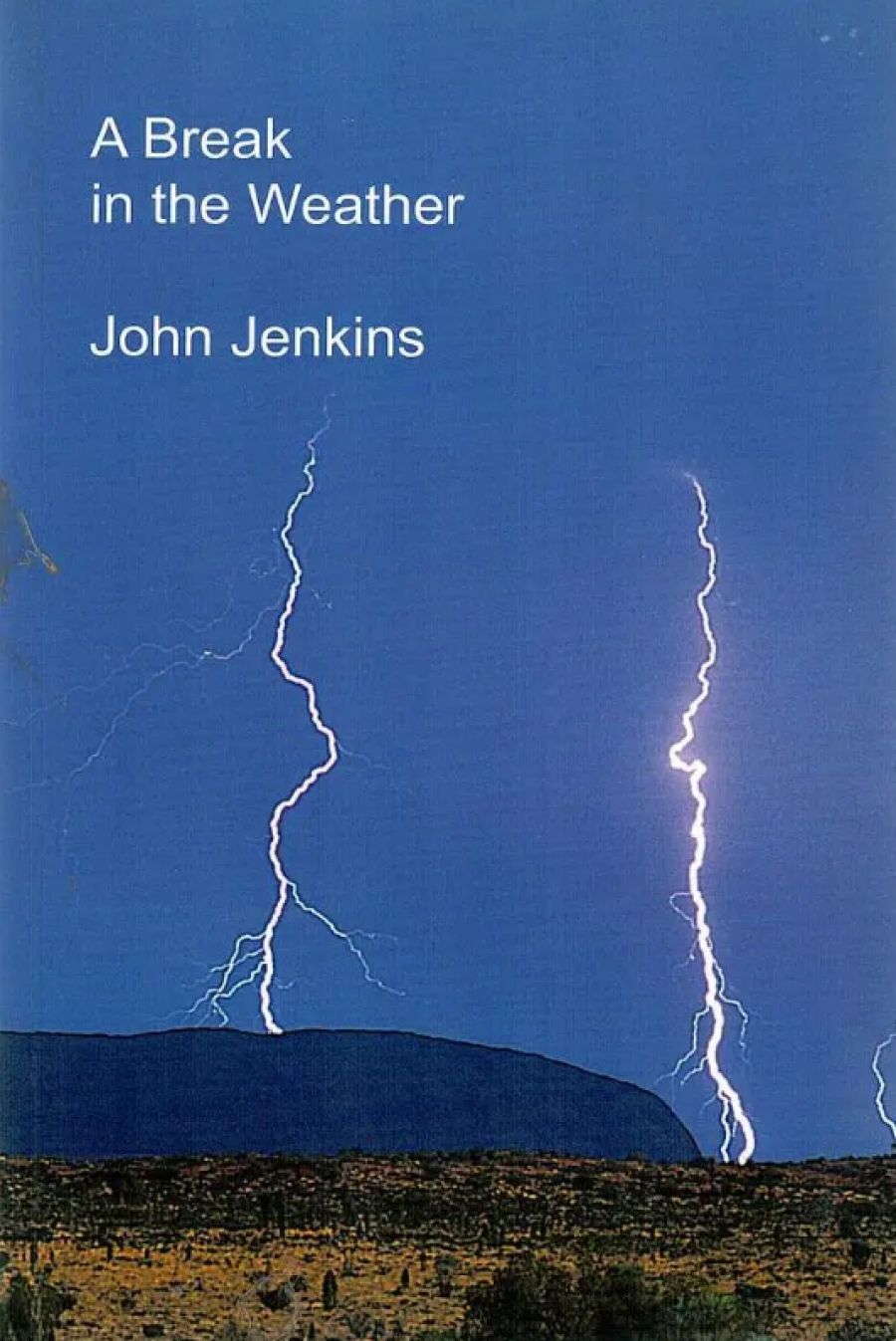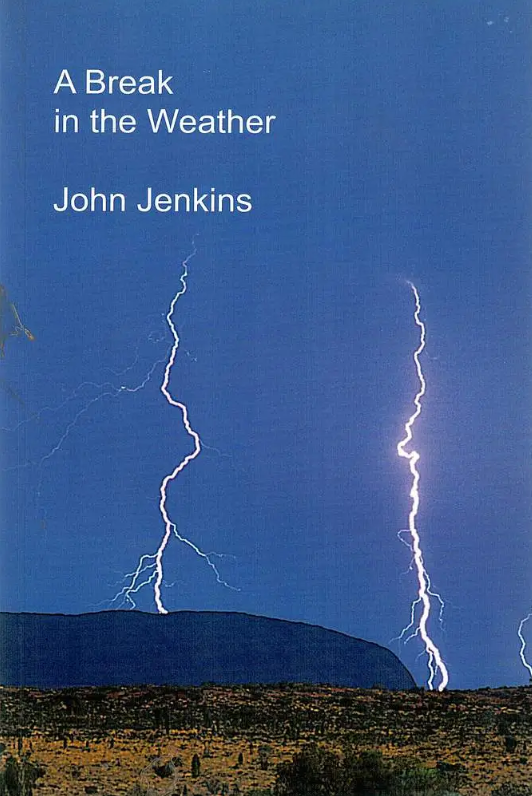A Guide To Australian Folklore: From Ned Kelly To Aeroplane Jelly
By Gwenda Beed Davey and Graham Seal
Simon & Schuster, $29.95 pb, 310pp, 0 7318 1075 9
Two of Australia’s authorities on folklore have drawn on many years of research to produce this new reference book. An alphabetical listing of events, beliefs, characters, places, activities and allusions, it is more than a dictionary, often delving into shifts in cultural values and the national character. For example, the entry under garage sale explores the changing attitudes over the past decades to the public sale of personal items. Significant traditions from the many cultures – including indigenous – found in Australia are acknowledged: Passover, muck-up day, Broome’s Shinju Matsuri Festival, the Tasmanian tiger and Anzac biscuits all find a place. The cross-referencing of entries provides a fascinating glimpse into the intricate web that is Australian folklore. The bibliography extends for fourteen pages and is itself a valuable reference for any reader wanting to pursue source materials.
Childhood At Brindabella
By Miles Franklin
Richmond, $19.95 pb, 154pp, 1 9206 8811 0
One of five launch titles in Richmond’s series of reissues of Australian classics, this handsome little volume is designed to attract a new readership. Richmond’s stated commitment – ‘to ensure Australia’s rich literary tradition is accessible to all’ – has produced companion reissues of Christina Stead, Ion Idriess, Ronald McKie and Lois Stone. Franklin’s autobiography of the first ten years of her life (1879–89) recaptures an idyllic time spent among fruit trees, farm animals, snakes, wildflowers and memorable relatives. Her storytelling flair, showcased in My Brilliant Career, creates a tale of innocence and joy. Richmond reproduces the publisher’s note to the 1963 edition, which claims the work was a deliberate counter to the ‘unhappy memoirs’ Franklin had been reading. This note, from forty years ago and referring to Franklin’s struggle with issues of privacy and loyalty, is a reminder of the perennial challenge authors face in writing autobiography and fiction based upon personal experience.
Caravanserai: Journey Among Australian Muslims
By Hanifa Deen
FACP, $24.95 pb, 400pp, 1 86368 388 7
It is a decade since Kalgoorlie-born Deen travelled around Australia interviewing Muslims from diverse cultures and backgrounds to produce the earlier edition of this book; Australians then were at best welcoming, at worst indifferent, to these followers of Islam settled among them. Deen notes that since September 11, 2001 ‘language has changed, definitions have been reshaped and mindsets hardened’. The Tampa incident crystallised this demonising process. The time is now right to revisit places and people, and to address issues arising from the Bali bombing and other recent world events, which have seen the loyalty of Australian Muslims questioned. Deen, a high-profile human rights activist and social commentator, writes in an accessible and personal style to comment on the current state of affairs that sees many Muslims afraid and feeling unsafe in our communities. Refusing to relinquish a belief in the ‘intrinsic fairness’ of our national character, this is a plea for new creative alliances among Australians.
Mailman Of The Birdsville Track: The Story Of Tom Kruse
By Kristin Weidenbach
Hodder, $29.95 pb, 283pp, 0 7336 1521 X
From 1936 to 1956 Tom Kruse drove a fortnightly mail and supplies run from Marree to Birdsville, along The Track, Australia’s loneliest and most gruelling stretch of road. The 1954 documentary The Back of Beyond was based on his remarkable story. Now, in 2003, Weidenbach revisits Tom and his restored 1936 Badger to bring to life those historic days, which reflect the dogged and resourceful character of outback Australia. Tom, now in his eighties, saw a re-enactment of his mail run in 1999. He boasts a memory rich in names, places, characters and anecdotes, which form the basis of his book. A scientist–science writer turned biographer, Weidenbach fleshes out a tale of life ‘on the edge of civilisation’. It is a story of travail, improvisation, tragedy and mateship from our vanishing past.
Sailing Alone Around The World
By Joshua Slocum (edited and introduced by Tim Flannery)
Text, $23 pb, 345pp, 1 877008 57 5
The ripping yarn of Slocum’s adventures as the first man to circumnavigate the globe single-handedly has entertained readers since 1900. The story of this sailor who never learned to swim has been hailed as ‘one of the most remarkable and entertaining travel narratives of all time’. Flannery brings this intrepid and remarkable character to a new generation of readers and contributes a lively introduction. His editing preserves the beauty of the language of the original text, redolent as it is of a lost age. Flannery also speculates on the connections between that remarkable life and the exploits of one Captain Thomas Crapo, who crossed the Atlantic eighteen years before Slocum set out, and whose narrative supplements Slocum’s in this edition. In an age when the public paid to see ‘curiosities’, both these enterprising men used their ventures to extricate themselves from financial difficulties, and Flannery speculates on a ‘brinkmanship’ in their respective exploits. Boys will be boys. The book is recommended for ‘sailors and children of all ages’.
Cecilia: An Ex-Nun’s Extraordinary Journey
By Cecilia Inglis
Penguin, $22.95 pb, 360pp, 0 14 3000129 9
After not even owning her own name for thirty years, this former Sister of Mercy emerged from behind convent walls into Redfern and began to live her own life. The autobiographical story of losing a vocation and finding oneself covers a well-documented period in Australian Irish-Catholic history. Rich with details of family life from the 1940s and 1950s, religious life after Vatican II, and the challenges of finding community and love as a middle-aged ingénue, it is told simply and avoids the clichés to which this subject can lend itself. Ex-nun stories do not attract the brouhaha that they used to, but this record could well become something of a curiosity. If, as Inglis concludes, ‘this is the winter of religious life, and I doubt there will be a new spring’, there will be fewer ex-brides of Christ to tell of their journeys.
And What Have You Done Lately?
By Cornelia Frances
Pan MacMillan, $30 pb, 297pp, 0 7329 1161 3
Viewers love to hate Frances’s latest persona – the compère with the cruel tongue on The Weakest Link – but this autobiography of one of Australia’s best-known actors reveals a warm and funny personality. The early chapters cover Frances’s childhood in a Dutch–English family, with its complement of eccentrics, theatrical types, tipplers and petty criminals. With restraint and understated humour, Frances records some bleak experiences in her Catholic education and her introduction to the world of acting when in England. Many famous thespians make appearances; a Peter Finch anecdote reveals a delightful side to his character. The ups and downs of Frances’s life after immigrating to Australia give insight into many well-known personalities, and reveal the grit required to take acting’s hard knocks. A love of family life and loyalty emerge as strong traits, and the selection of photographs illustrates the range of her friendships. Frances’s accessible, chatty style is a delightful contrast to the villainous characters she has played.
The Bent Lens: A World Guide To Gay And Lesbian Films, Second Edition
By Lisa Daniel and Claire Jackson
Allen & Unwin, $45 pb, 576pp, 1 74114 014 5
This expanded and updated edition includes more than 2500 titles from fifty-six countries, spanning gay and lesbian film-making from 1914 to the present. Noting the ‘frenzy’ of production activity in the queer film industry since the publication of their first compendium, the authors have added 1000 new films, using as their criteria a minimum length of ten minutes and cinema release, formal distribution or queer film festival credits. Entries are listed alphabetically, feature a synopsis and include details of director, screenwriter, cinematographer, year, running time, awards, distributor and more. The indices – by sexuality, genre, country of origin and director – make finding a particular film easy. Its comprehensiveness makes this the definitive international guide; an essential resource for film and video aficionados, and students and educators in the film industry.


